This past November, Associate Creative Director Alex Slotkin had the opportunity to visit New York City for the ad:tech conference, held at the Metropolitan Pavilion in Chelsea. He was surrounded by people from lots of high-profile organizations, from Amazon, Google and McDonald’s to agencies like David & Goliath and Droga5 and even academics from Harvard and St. John’s. Needless to say, it was a knowledgeable crowd.
The event was billed as “how to innovate in the post-advertising era and move our industry forward.” But the burning question on his mind (and no doubt those of many other attendees) was more like: “What is happening to advertising, and what the heck are we supposed to do about it?” Two days and nineteen seminars later, Alex has some answers.
It’s not the end of advertising, it’s the end of interruption
“One thing every panelist and presenter seemed to agree on was that agencies and brands can no longer rely on getting in the way of what people want to see,” says Alex.
Technology and societal changes have radically increased consumers’ options and changed their expectations—especially when it comes to Gen Z. They want to be engaged, not interrupted, and they are way too savvy to be held captive to traditional marketing.
“Instead of interrupting someone’s day with a mass marketing message, we need to shift to giving people what they actually want,” says Alex. “Think branded utility: providing helpful tools to solve their real-world problems and improve their lives. Also think branded entertainment and experiences: content they’ll actively seek out because it’s truly awesome, not something they have to endure to get to the good stuff.”
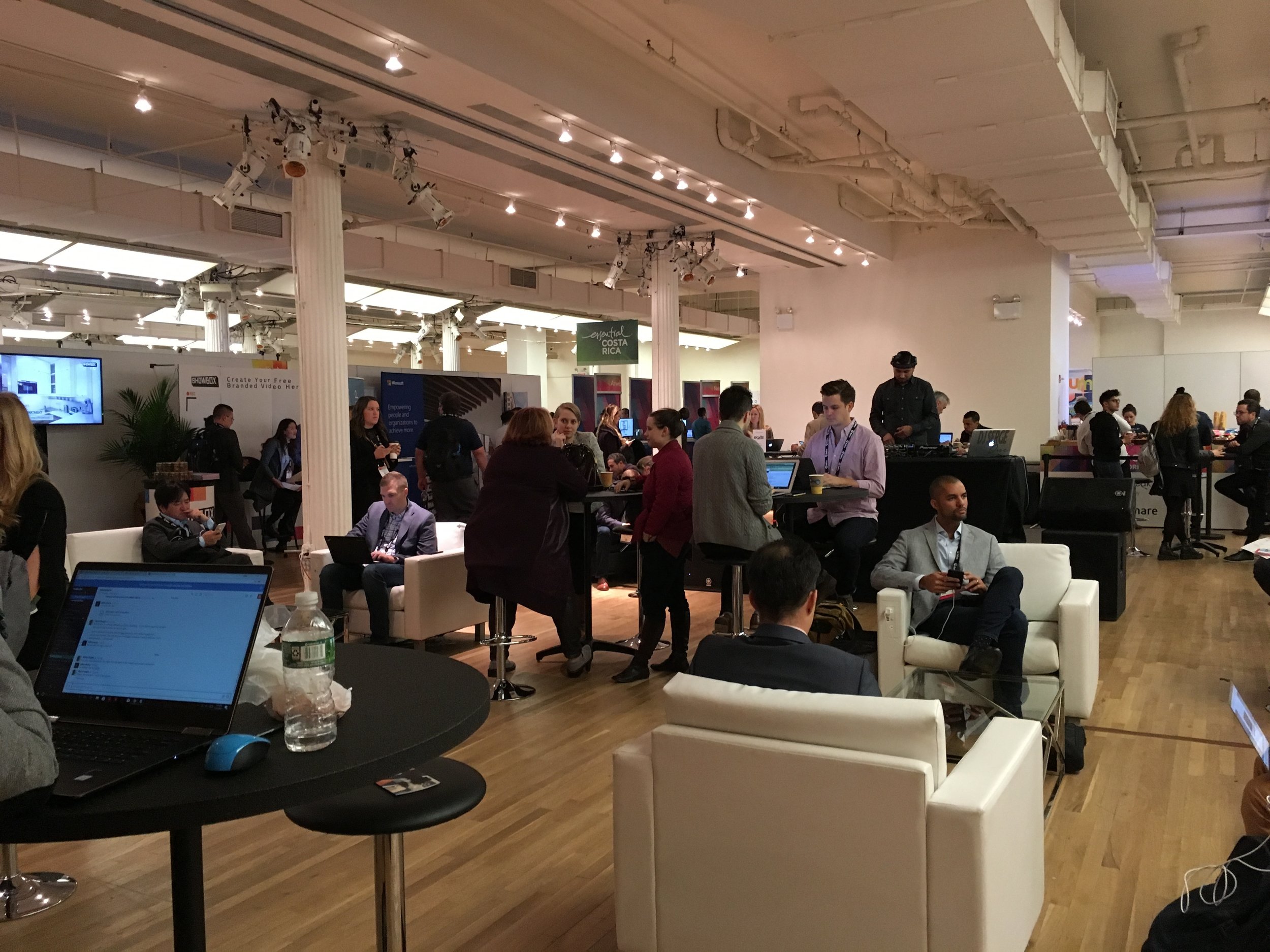 A bit of downtime between panelists.
A bit of downtime between panelists.
Stop thinking like a brand. Start thinking like a person
A word that came up again and again at the conference was authenticity. As Iwona Alter, CMO of Jack in the Box, said, we must “engage authentically [and] connect intimately.” This means moving from a transactional to an emotional mindset, and thinking of our audience not in terms of what they buy but what they believe in. It’s an area in which social media excels, making our messages feel less like marketing and more like a conversation between people.
Take a digital-first approach
Traditional agencies often treat digital as a second-class citizen, one expected to pick up on concepts created originally for TV and print. But more and more, consumers are making social media and digital outlets their primary source for entertainment and information, so we need to make it our primary vehicle for brands.
“By thinking digital-first, we can unlock innovative new ways to break through and connect, without being hamstrung by the constraints of traditional media,” says Alex.
A prime example presented at the conference was the Nissan Battle Test VR experience, a fully immersive virtual test drive of the Nissan Rogue across a planet-scape from Star Wars: Rogue One. Another was an Intel-sponsored staging of The Tempest with the Royal Shakespeare Company, featuring motion capture technology that allows actors to play virtual, holographic characters that are fully integrated with live performers. Neither experience could have happened if their respective brands hadn’t started with a digital mindset.
Be transparent
Another big word at the conference was transparency.
“In the digital/online age, we can’t hide the truth from consumers, so we must take the risk of being honest with them to create a sense of trust—flaws and all,” says Alex. “Transparency also needs to extend to our partnerships with clients, media partners and data providers. By moving away from a proprietary, walled-garden mentality and toward a spirit of collaboration, sharing, and honesty, we can all benefit.”
Be dynamic
These days, everything is becoming a video game. Audiences expect to be active participants, interacting with content instead of just consuming it. Meanwhile, Gen Z-ers have made the camera on their smartphone their new home screen, giving them the ability to create, remix and share at a moment’s notice. As such, we need to start focusing on user-created experiences instead of pre-scripted narratives. This means relinquishing control over our messages, and inviting users to join in and create with us, giving them the feeling that the brand is responding to them in real time.
Be culture-savvy
It’s our responsibility to be students of the zeitgeist and fluent in the cultural language, particularly when it comes to Gen Z. Going back to authenticity, it is not enough to merely name-check music, movies, TV shows, celebrity culture, and slang.
“We must develop a real, nuanced understanding of how they work and get involved with creators in deep, meaningful ways,” says Alex. “If we only have a surface understanding and don’t sweat the details, we risk doing more harm than good to our brands.”
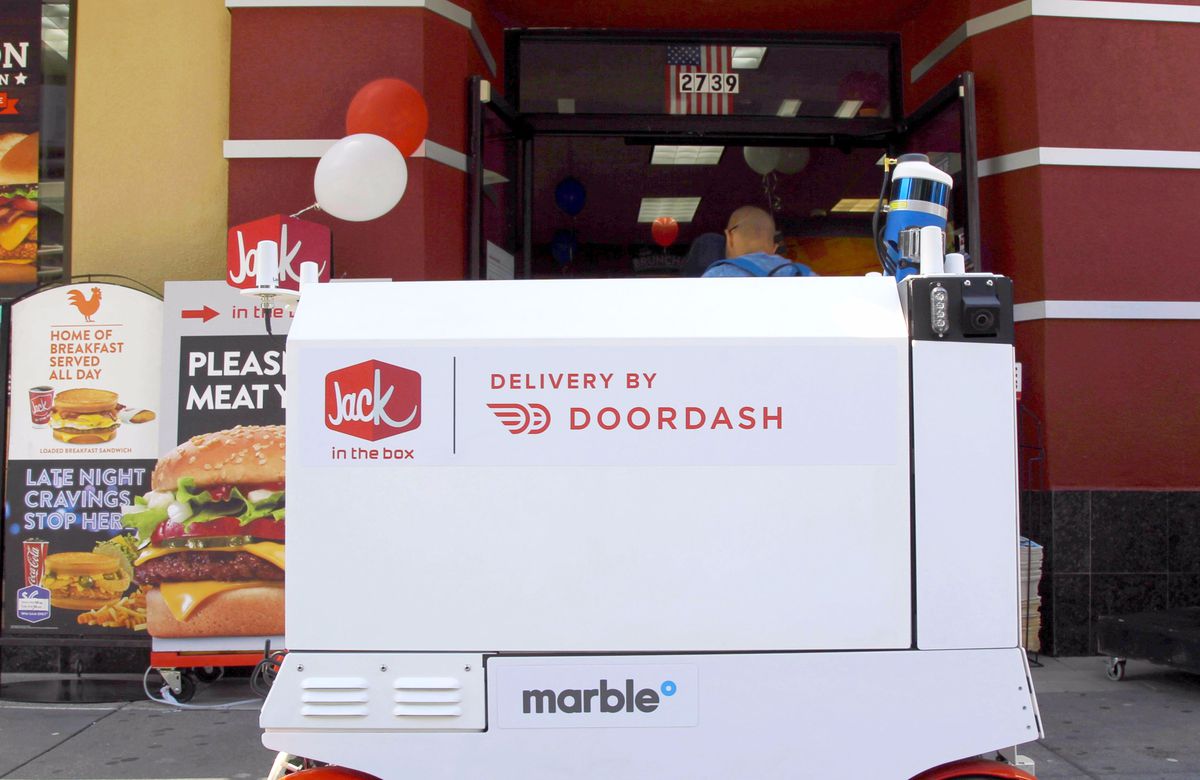 Image c/o Jack in the Box
Image c/o Jack in the Box
A great example that cropped up at the conference was Jack in the Box’s Robot Delivery, which smartly tapped into the disruptive technology du jour of Uber and Doordash. Jack in the Box also found a way to reach ad-averse gamers by creating custom “Crave Vans mods,” which added branded skins to on-screen cars in a popular video game.
Get in early and stand out
As consumers become more informed, and as AI tech like Alexa starts to influence their buying decisions (or even chooses for them), brand loyalty continues to erode. A recent study from McKinsey found that 87% of consumers now shop around vs. sticking to brands they know, and 50% shift brands from purchase to purchase.
This underscores the importance of keeping our brands relevant.
“We must practice ‘pre-tail,’ or getting noticed early in the customer journey,” says Alex. “We can use data for a better understanding of our customers and where they look for ideas even before they are in purchase mode.”
And when we’re needed, we need to be present and stand out with smart messaging in the right places, while keeping a close eye on our online reputation.
Harness emerging tech tools and trends
As you would expect from a conference called ad:tech, new and emerging technologies were a major focus of discussion. Here are the ones that featured most prominently:
- AI (artificial intelligence): The glut of data out there offers incredible opportunity—but it can also lead to cognitive overload. This is where AI shines, turning data into meaning more readily. Despite some of the fears around AI, it is most useful as an enhancement to human interaction rather than a replacement. We see this now with intelligent agents, such as online chatbots and Alexa, which answer questions and help customers make smart decisions in a more efficient way. But the future of this technology is in creating “artificial empathy” and a more “human-literate” experience. To stay in front of this trend, agencies need to start acting like “AI-gencies.” This means thinking in terms of non-linear, dynamic storytelling (or narratology), where copywriting gives way to character development and art direction becomes narrative design. AI can also help agencies rethink production, treating creative content as modular pieces that can be automatically combined on the fly to produce custom-tailored messages for specific audiences.
- AR (augmented reality): The ability to create a data and/or graphical overlay over the real world using camera tracking and mobile and wearable devices is a trend that will continue to grow, especially with emerging standards like ARKit from Apple. This gives us an opportunity to create interactive, branded experiences that are deeply engaging and incredibly sharable. We see this now with AR games like Pokemon Go and the Animoji feature on the new iPhone X. Another great example at the conference was Nissan’s Diehard Fan campaign, allowing college football fans to apply virtual face-paint and create custom videos supporting their favorite team.
- Blockchain: As the underlying technology behind cryptocurrencies like Bitcoin, Blockchain has become somewhat of a buzzword. But it is playing an increasingly important role in the world of digital marketing, given its ability to create a trusted relationship with consumers. By using a highly encrypted, peer-to-peer shared ledger system without gatekeepers, Blockchain helps users control and share their personal data with marketers in a trusted way. As brands and agencies depend more on rich data to tailor messages, technologies like Blockchain that encourage sharing will be vital. And because users have greater control over how their personal information is shared, we must offer content they truly value in exchange for their personal information and be transparent about it.
- Podcasts: Unlike traditional terrestrial radio, podcasts provide a sense of intimacy and authenticity you can’t find in other media. As one panelist put it, podcasts deliver “a full-size experience on a mobile device.” By working with established podcasters, as well as creating our own original branded podcasts, we can build an ongoing relationship and sense of trust with niche audiences that represent the sweet spot for our brands.
- Voice: With the rise of Alexa, Google Home and Siri, it’s clear that voice interfaces are one of the next frontiers for marketing. One panelist claimed that, by 2020, 70% of households will own a two-way audio device. This begs the question: What does our brand sound like? And how can we use this technology to create brand conversations with consumers? Because these interfaces are receiving constant updates and gaining new abilities, we need to start finding ways to be present on them. The best place to start is by focusing on what customers already want and need most from our brands, then figuring out how to convert that into a voice-activated request.
The bottom line
Frank Zappa said it best in his quote about the state of jazz music: “Jazz isn’t dead, it just smells funny.” Like jazz, the advertising business isn’t going anywhere. But it is changing, and it may even seem unrecognizable at times. If we have the bravery to adapt to the changes instead of hanging on to the past, we can be even better at reaching consumers.
But to get there, we must focus on being informative and entertaining instead of interruptive and annoying.
“We need to foster better collaboration between creative and technical experts and think tech first,” says Alex. “We need to shift our creative process from pre-scripted to hyper-personalized. We need to bring in people from lots of different disciplines and cultivate agency hybrids. And most of all, we must realize that by becoming fluent with the changes.”
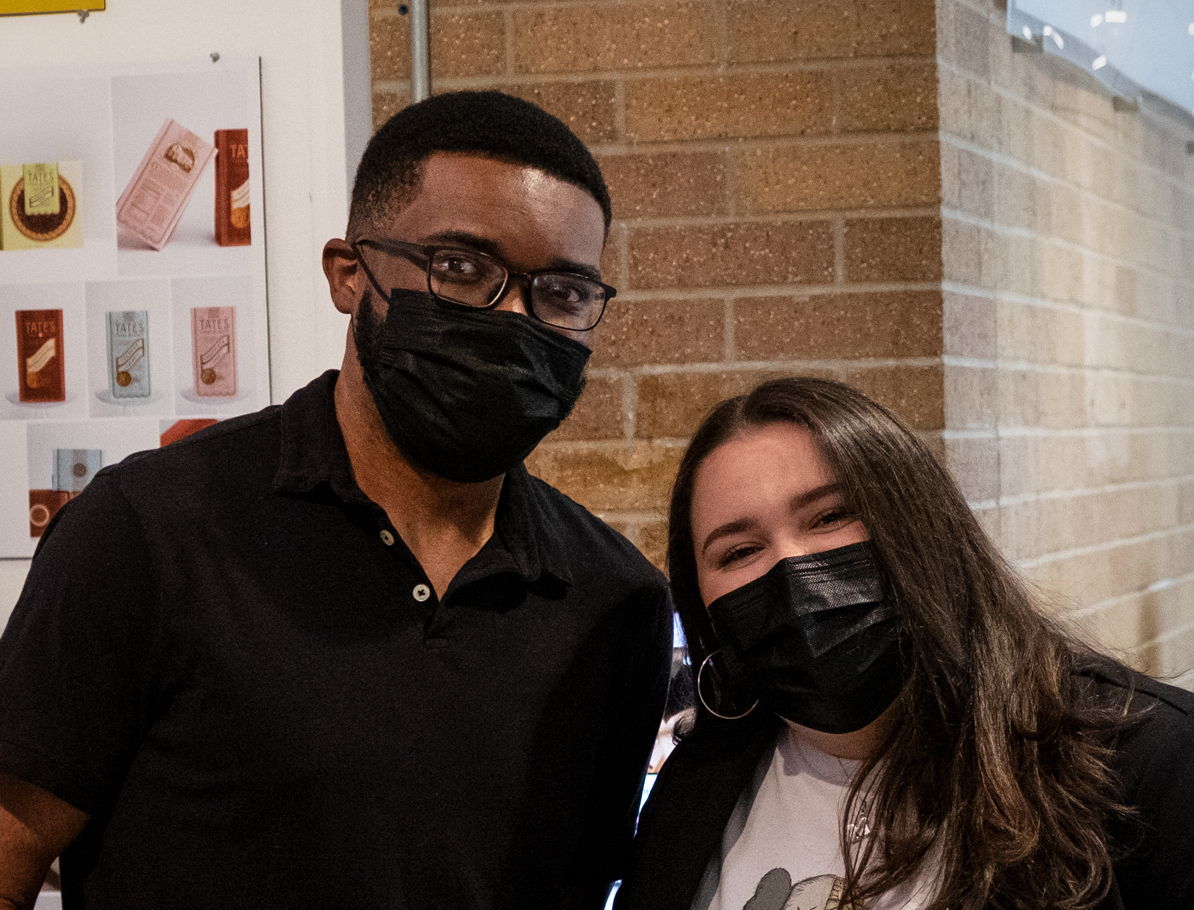
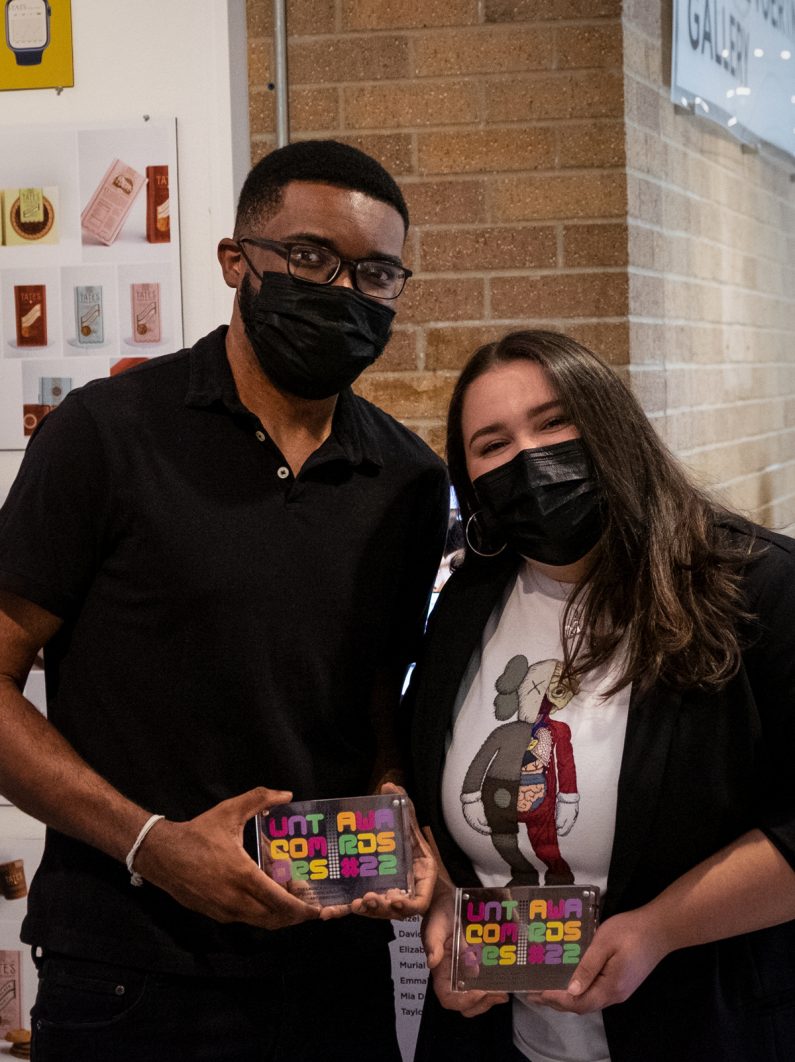
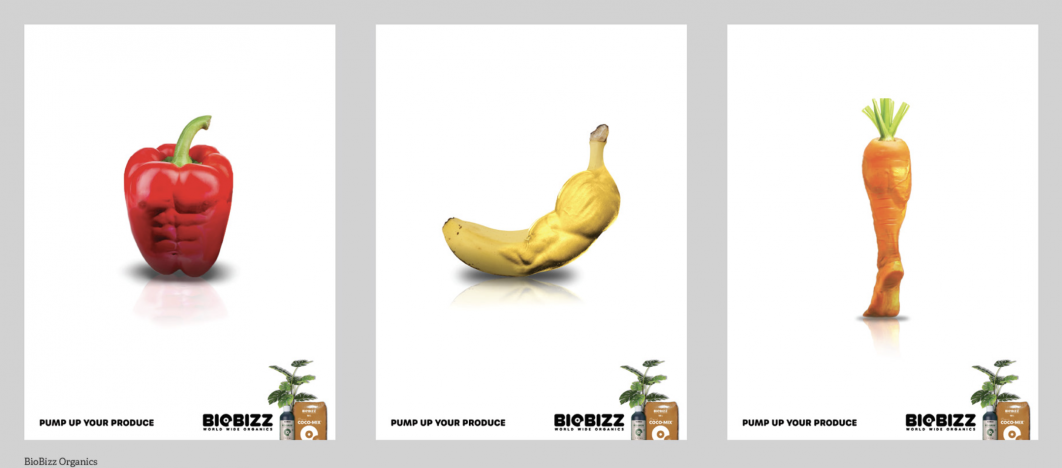
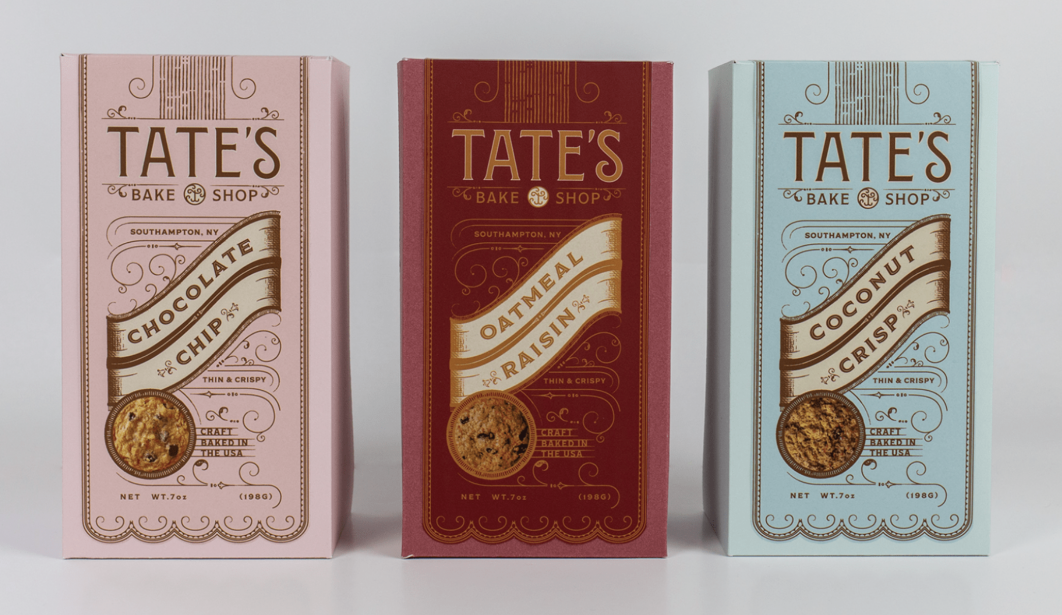
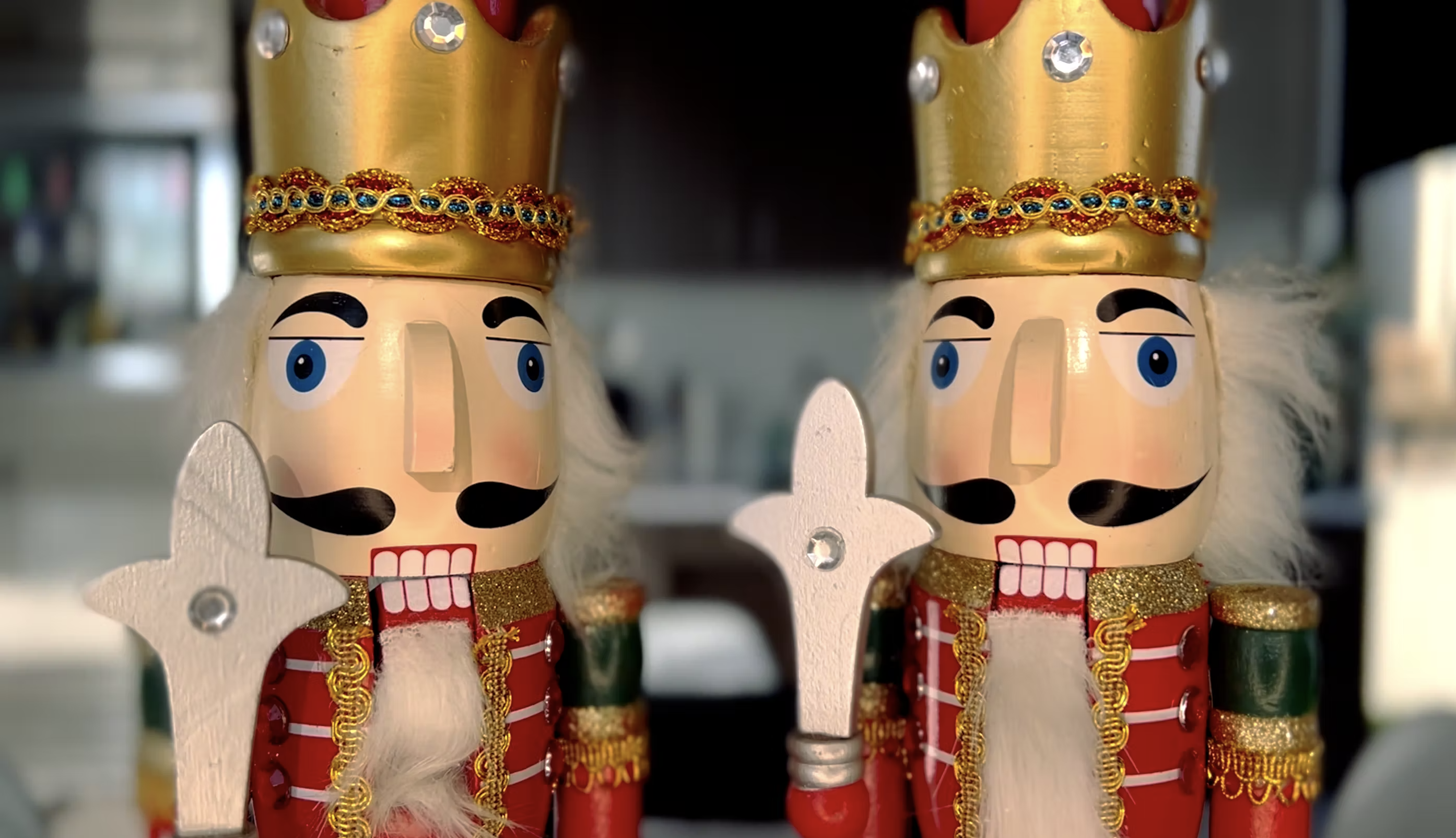
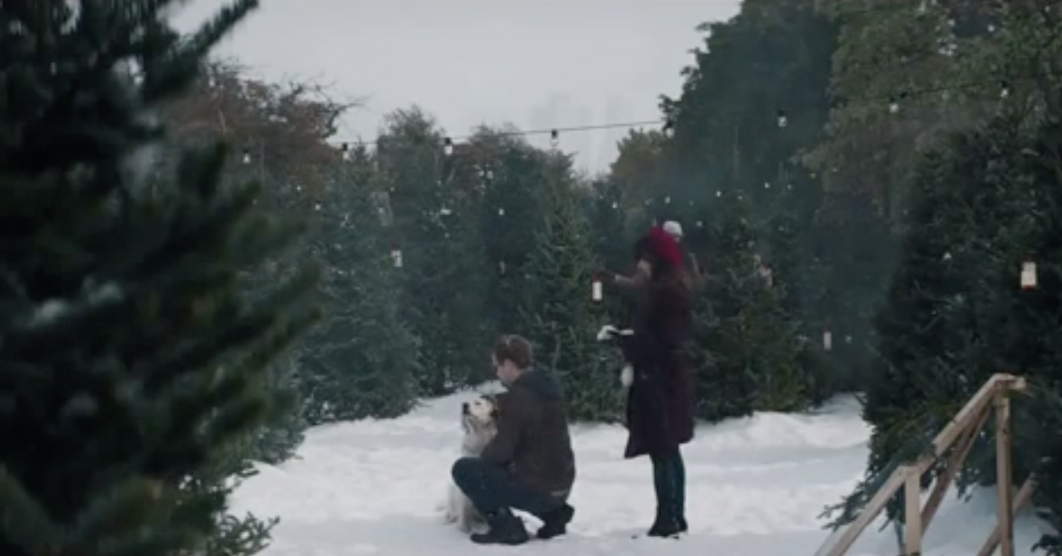
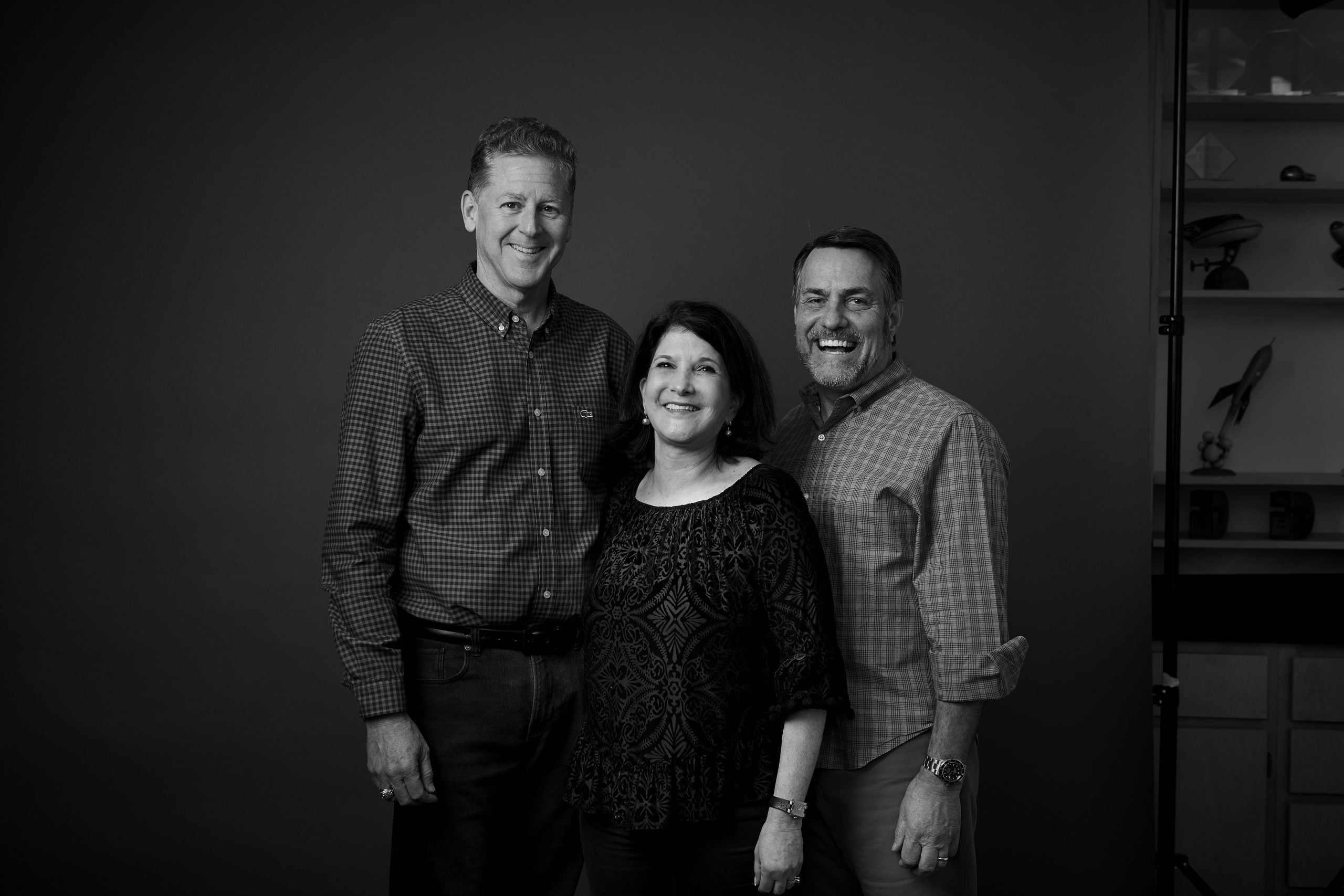
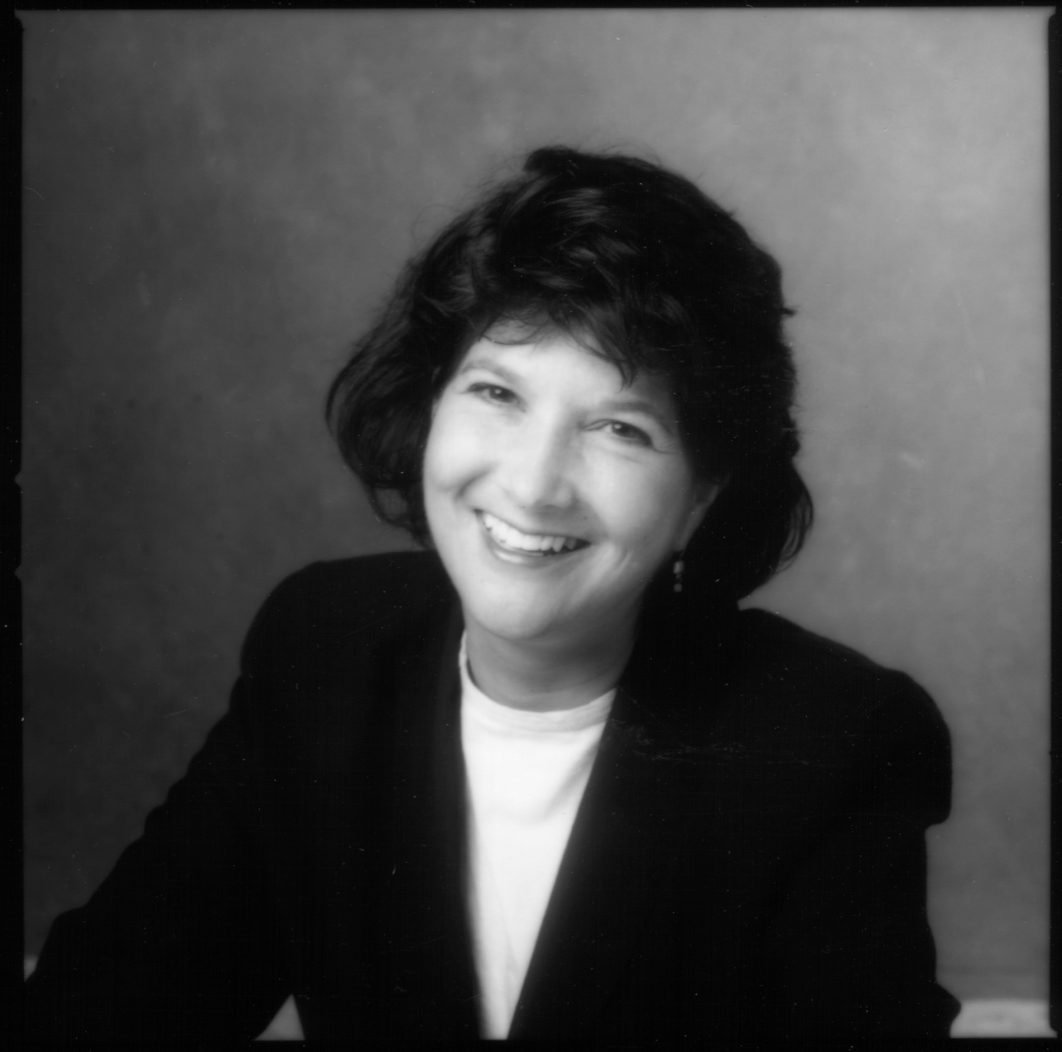
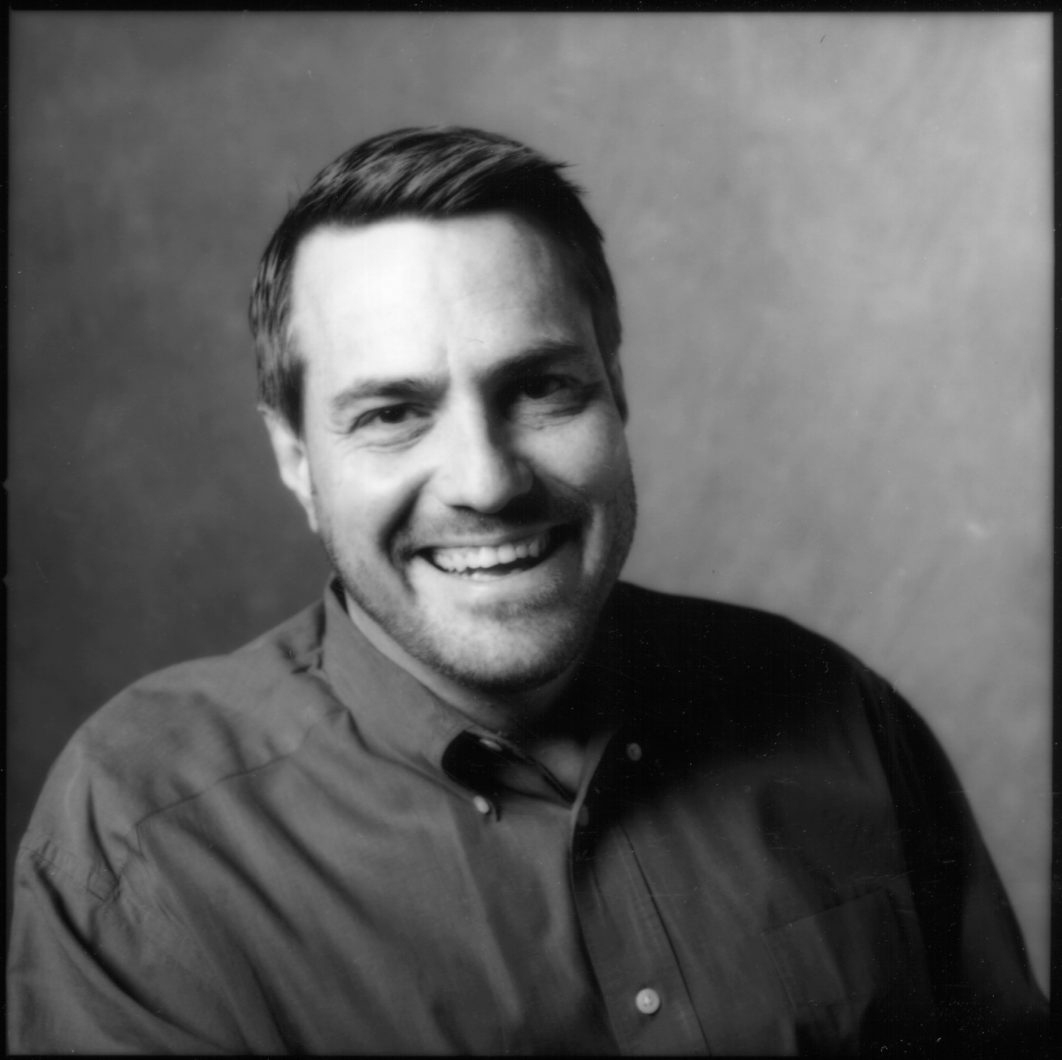
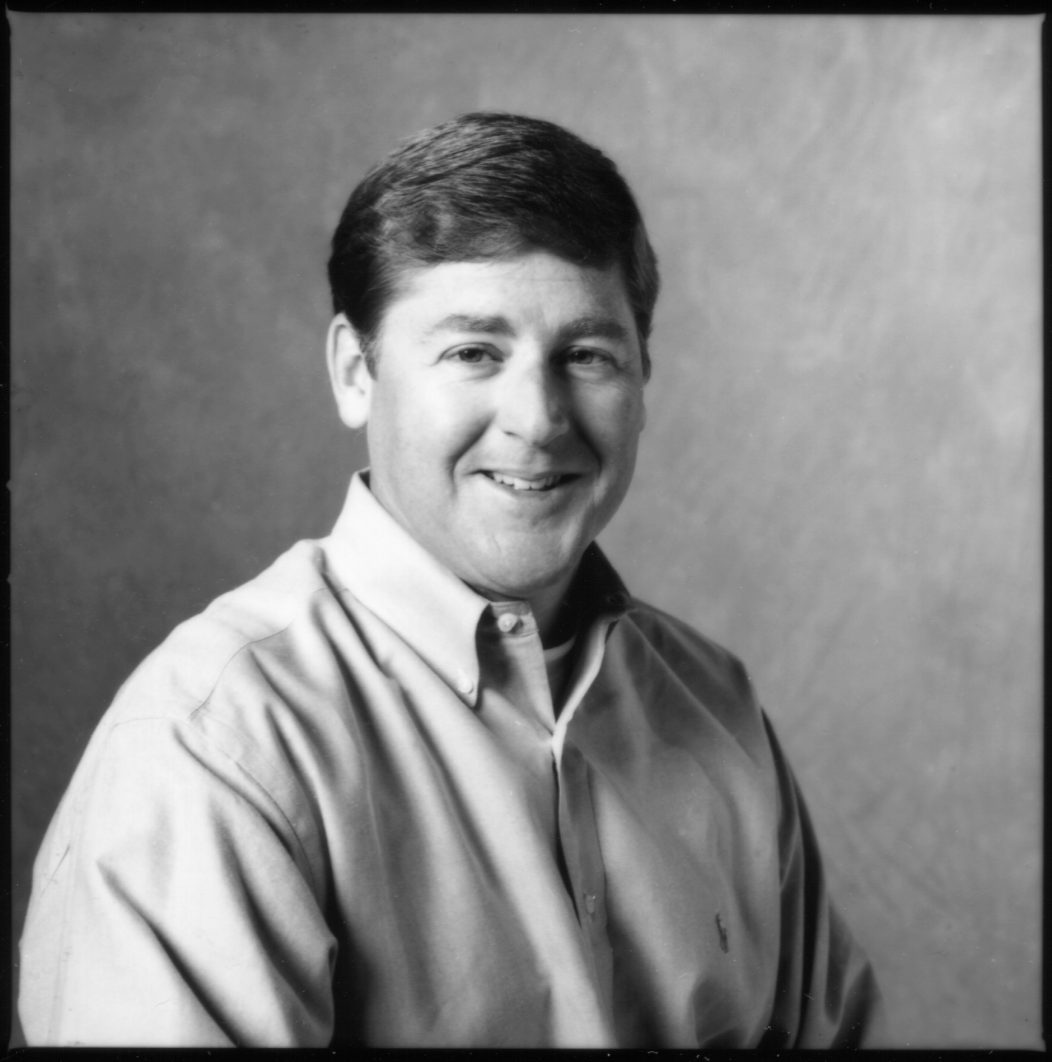
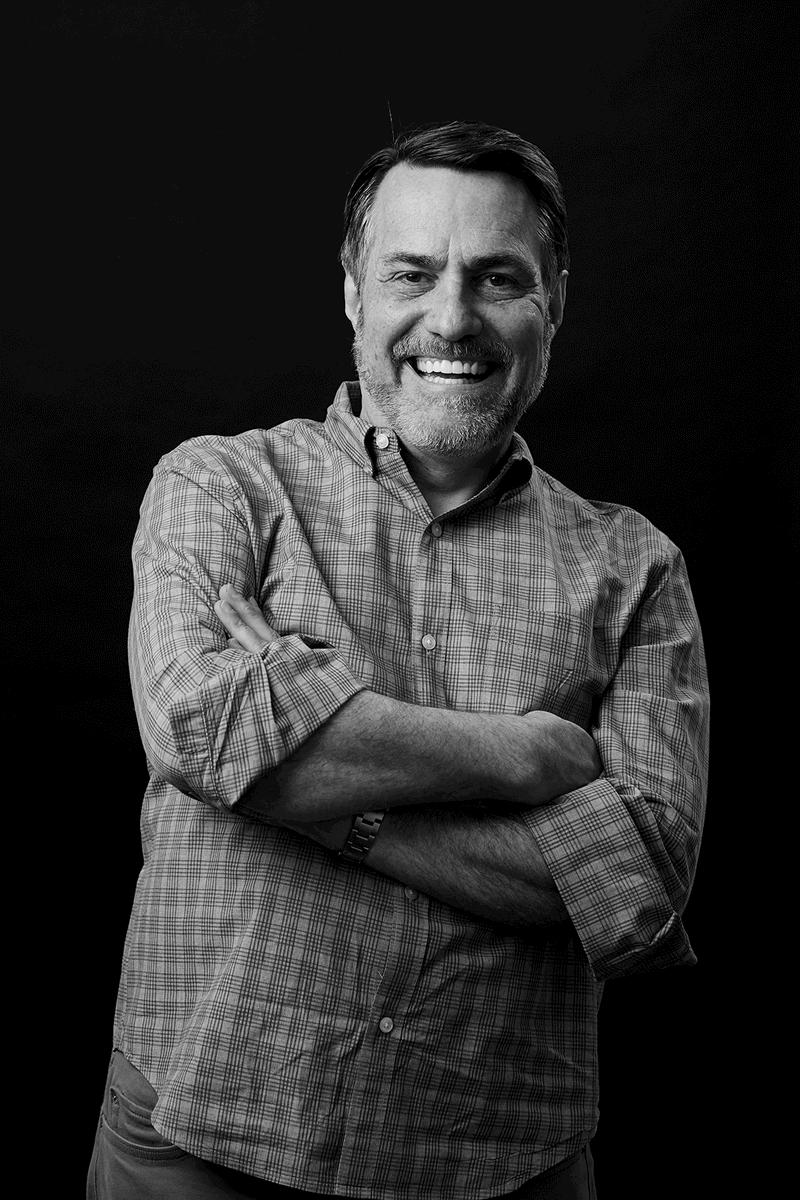
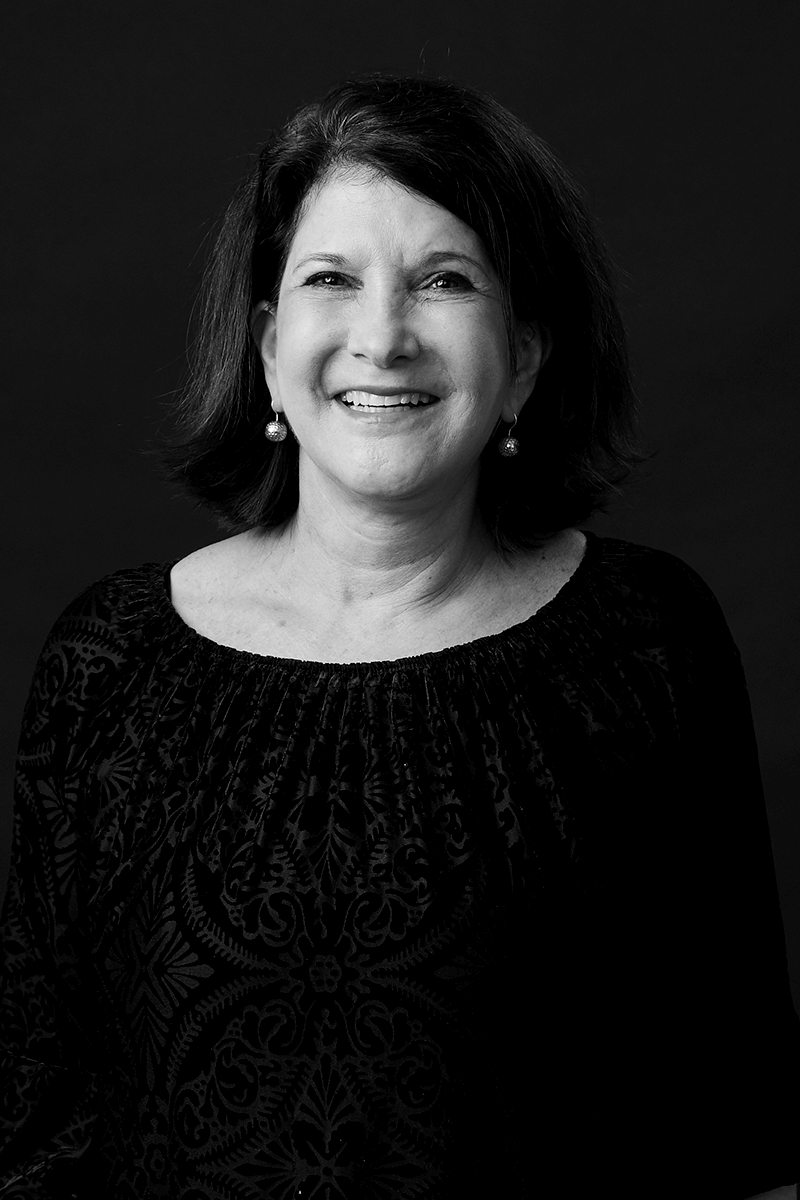
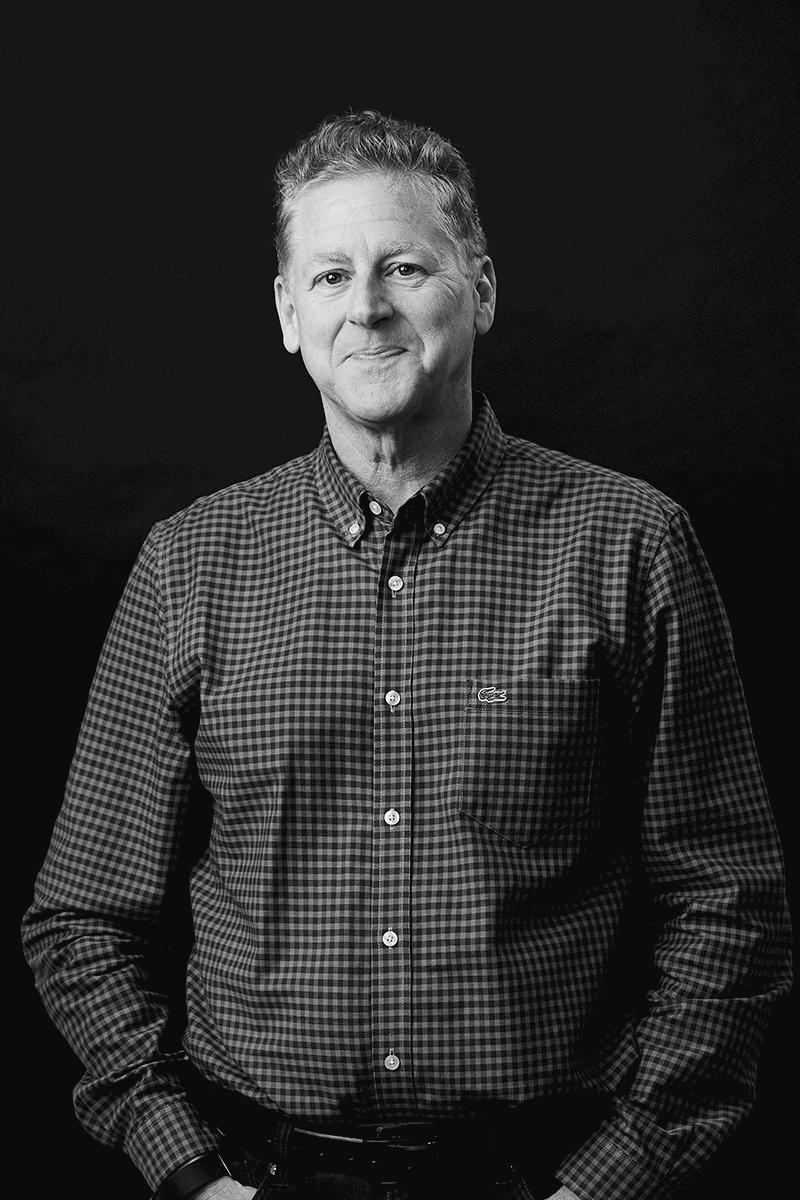

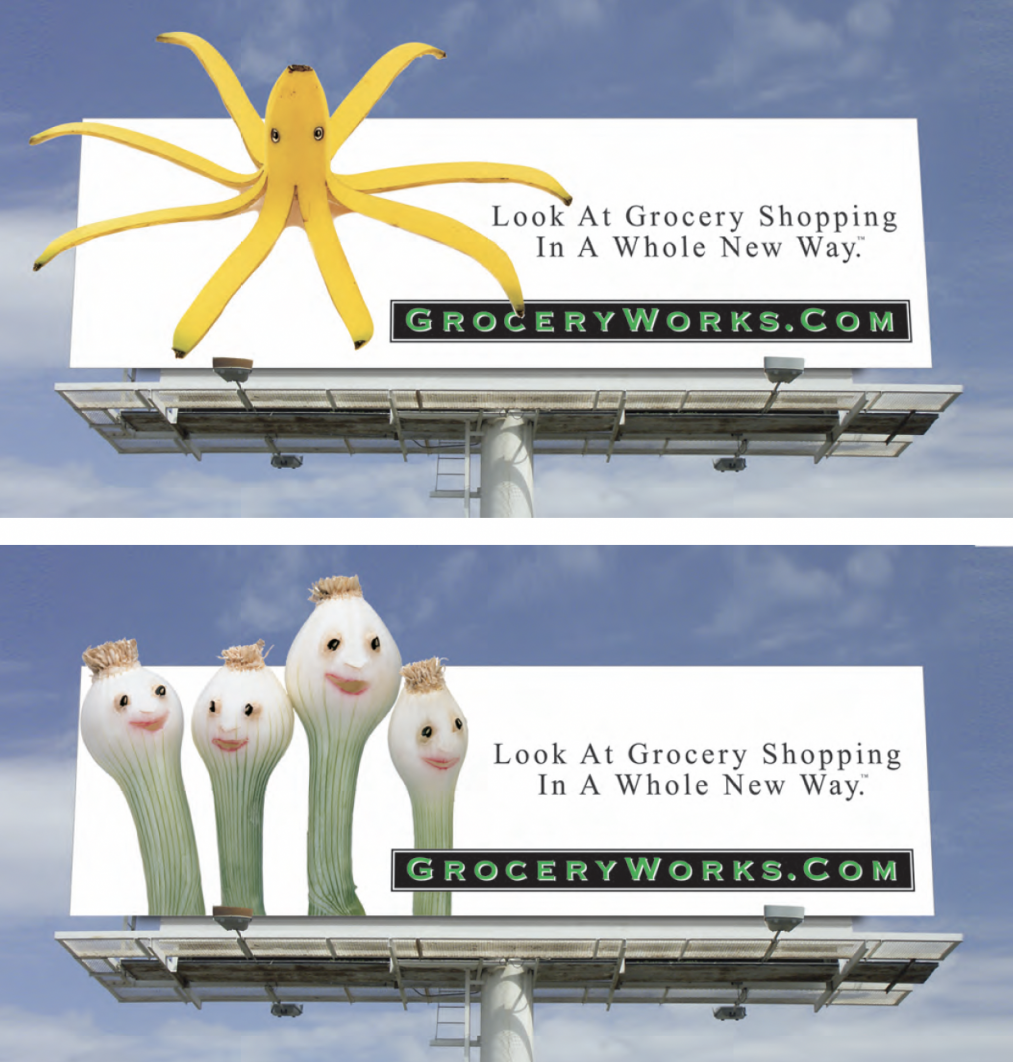

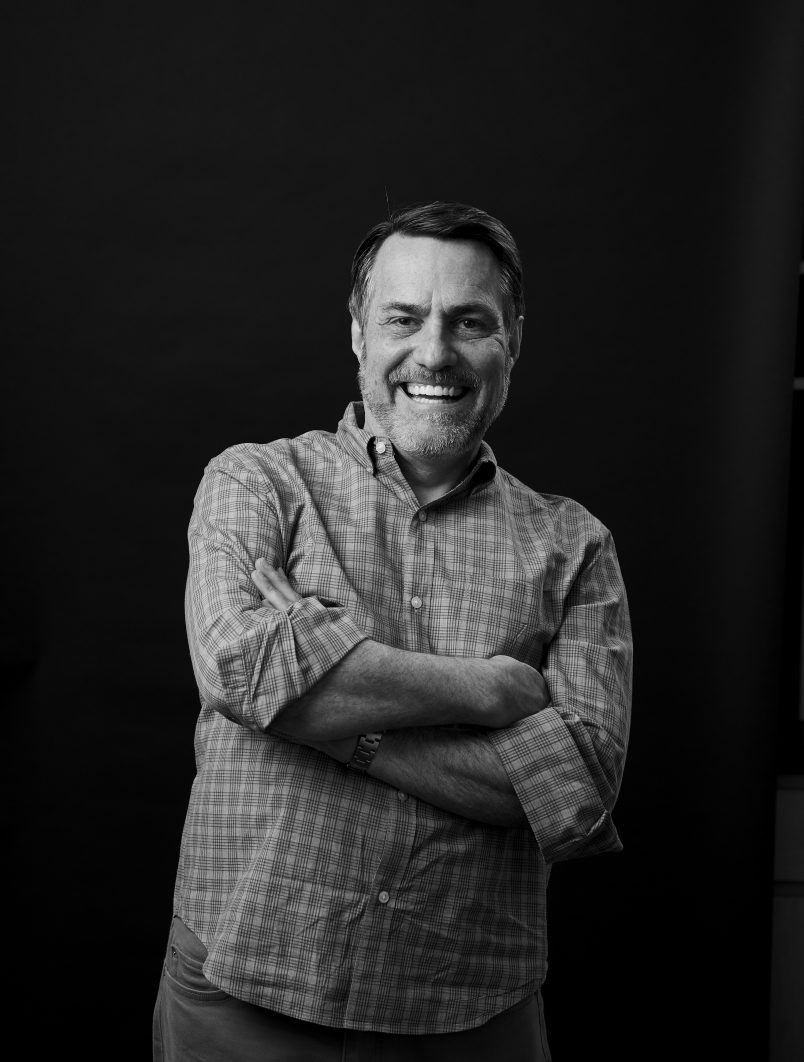
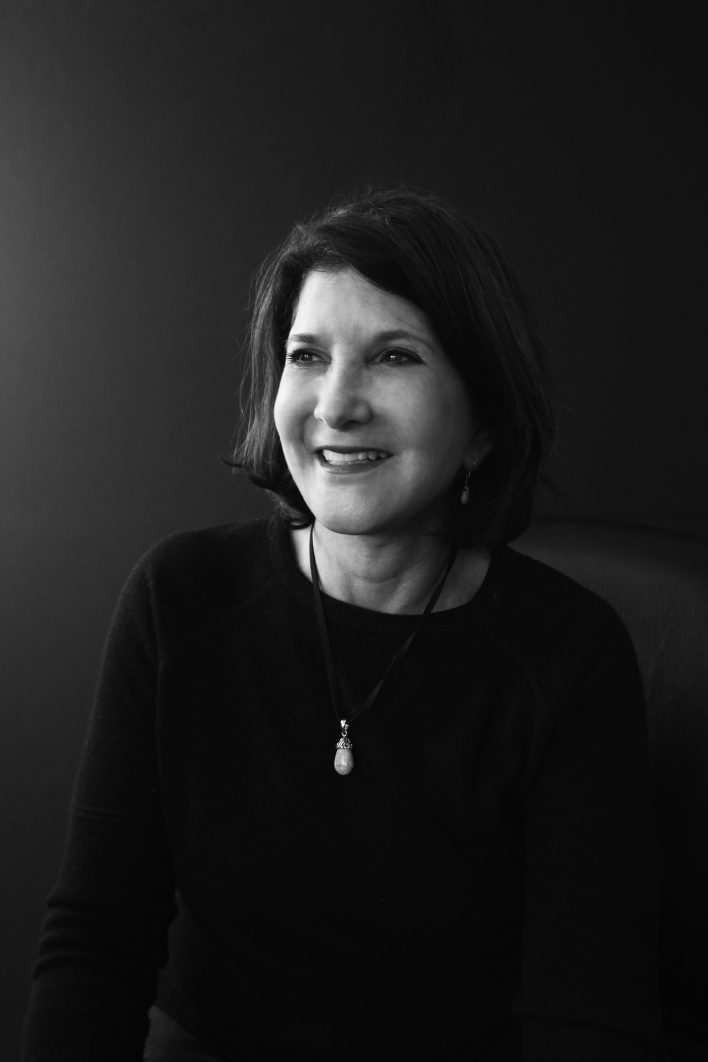
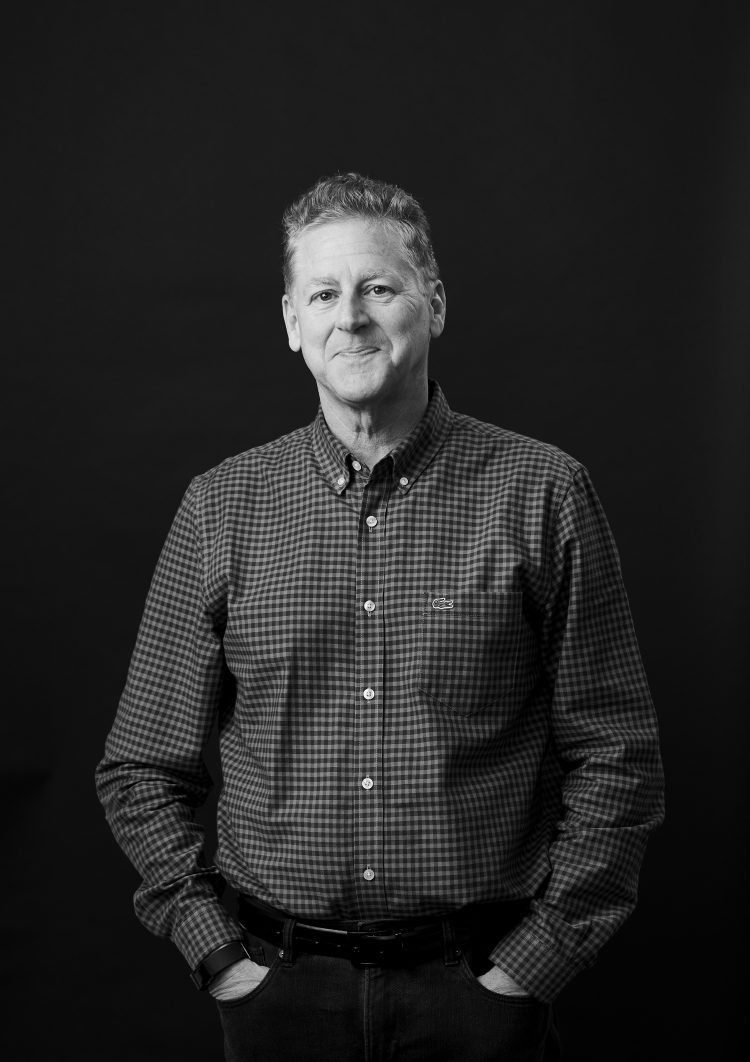
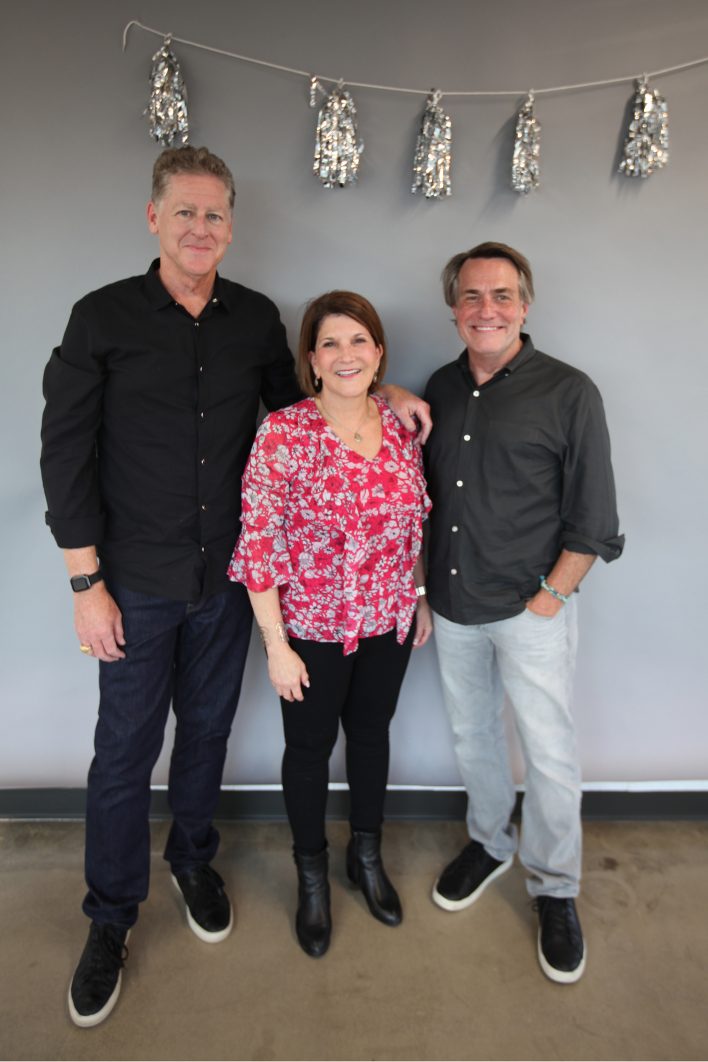
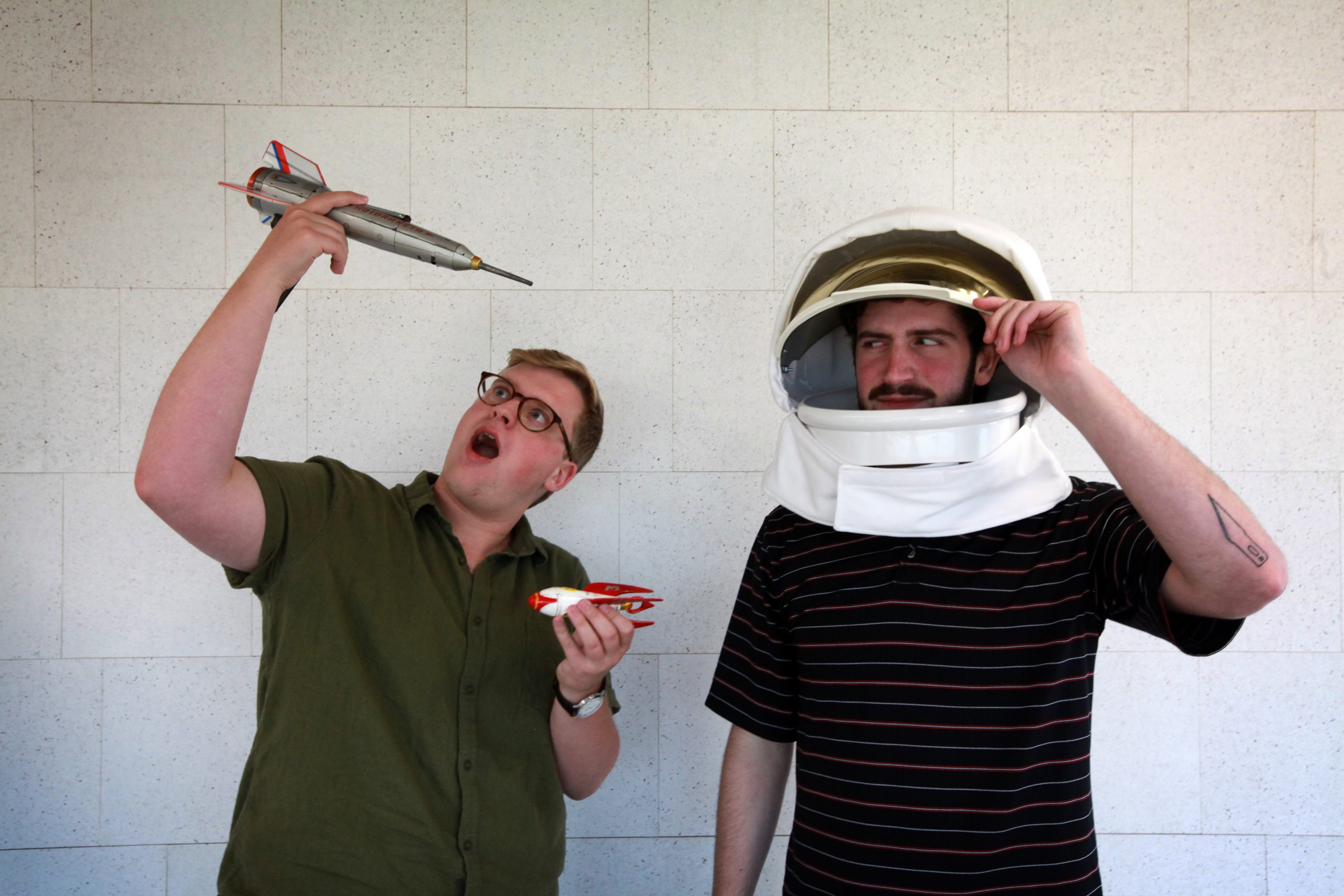
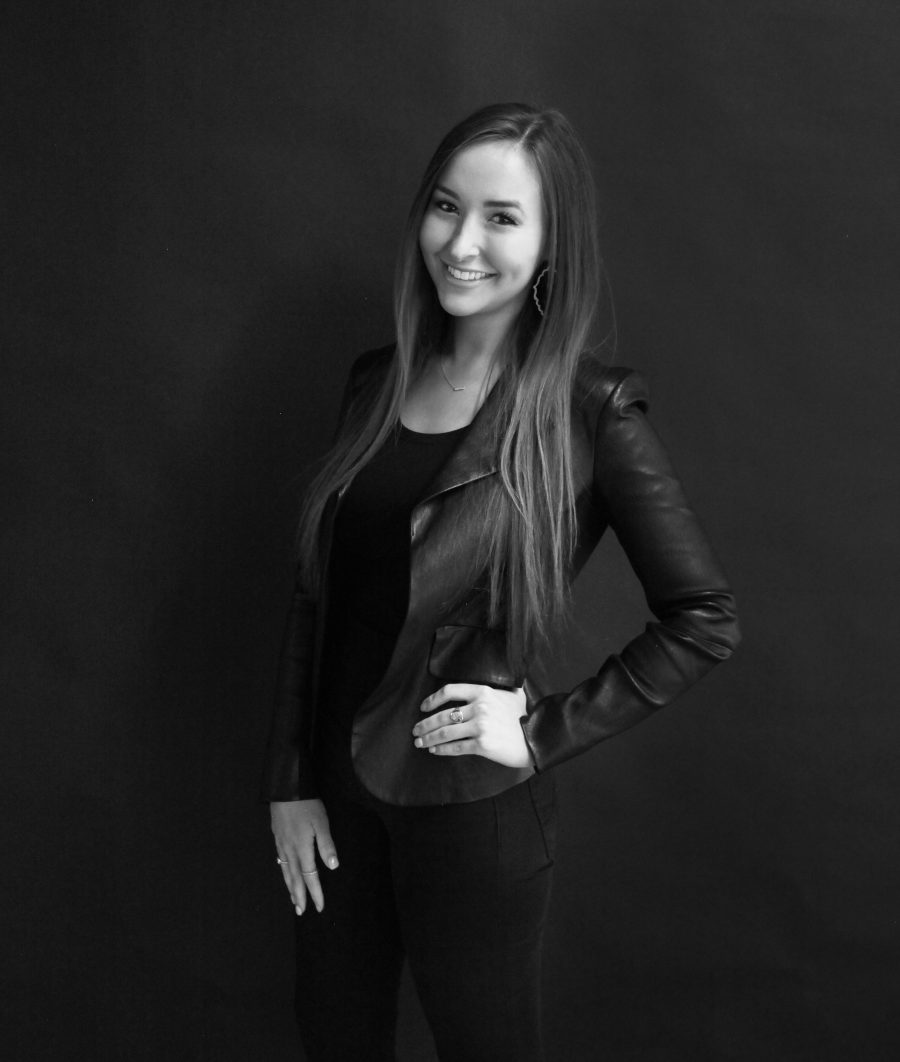
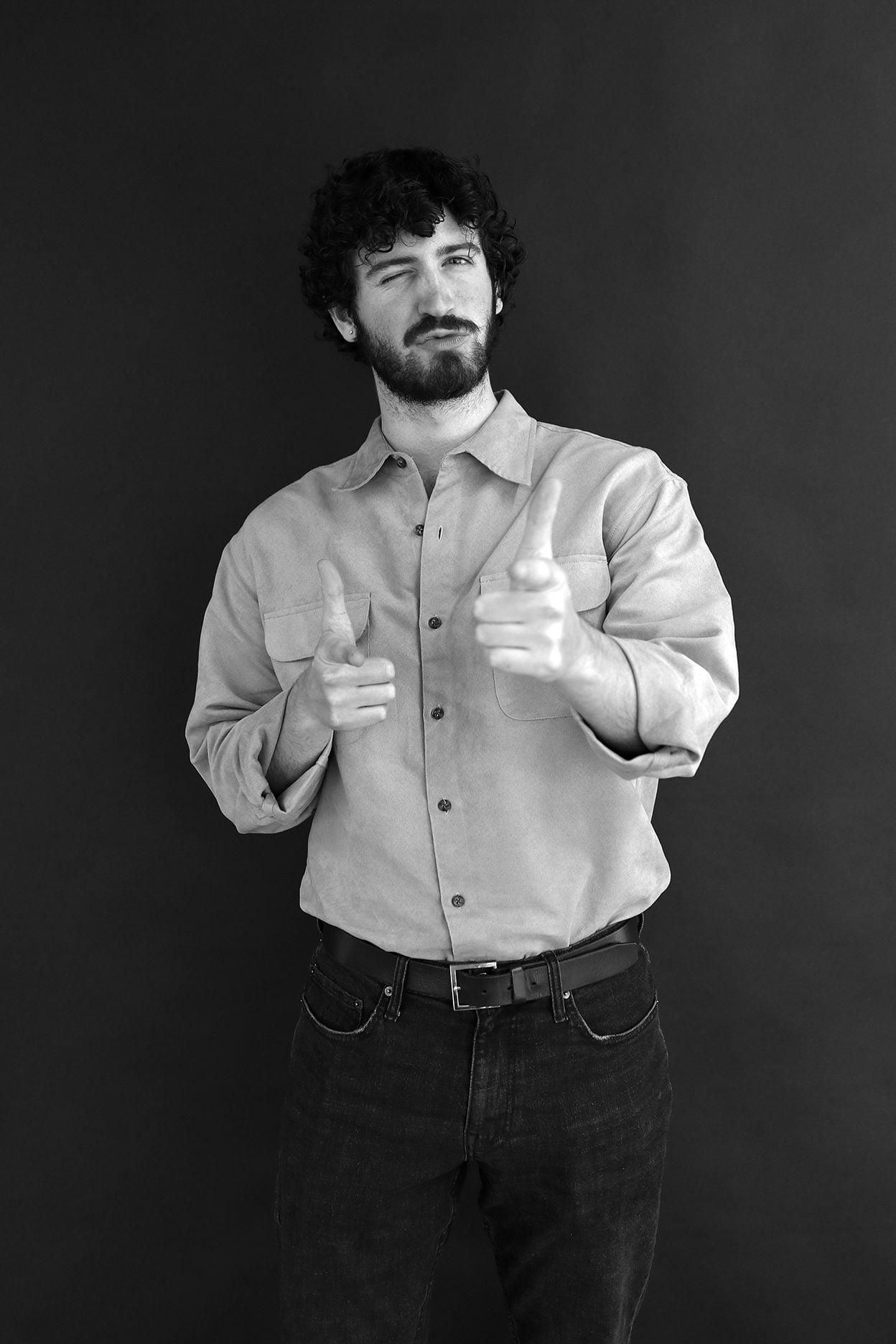
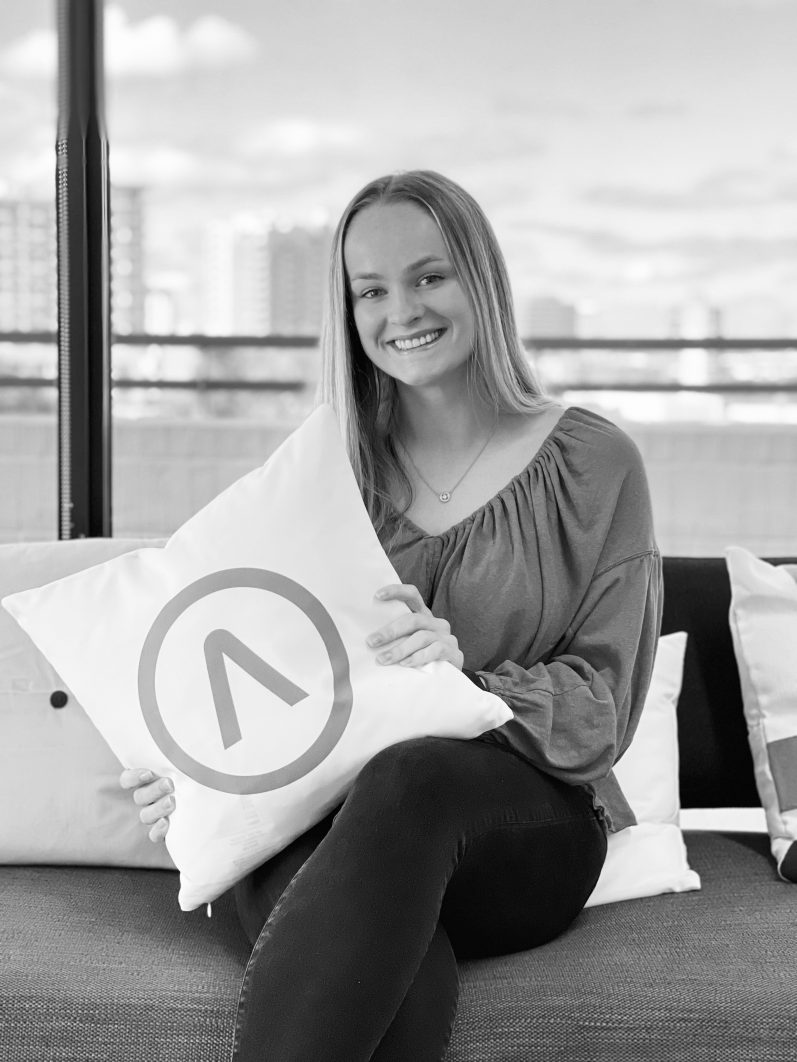
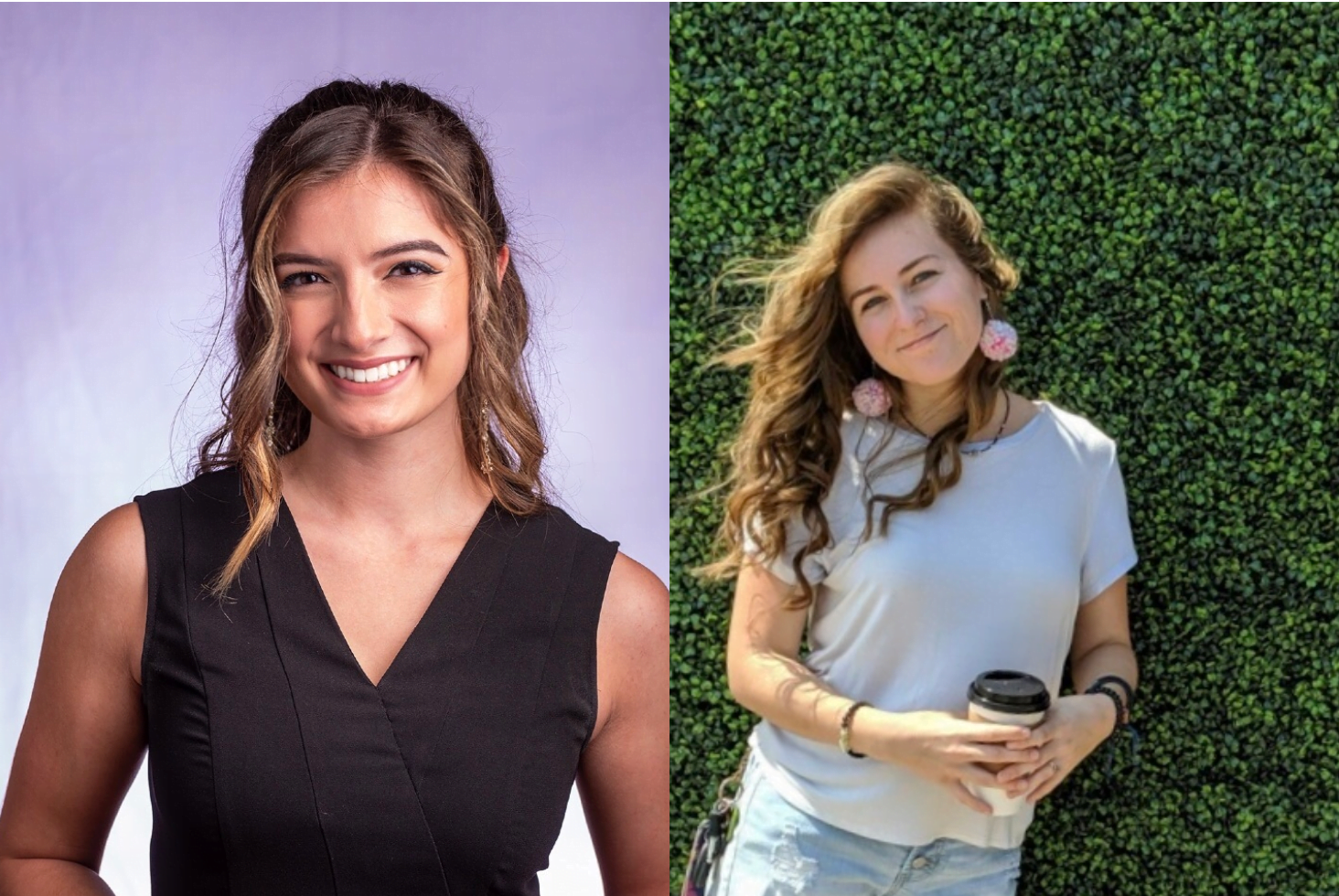
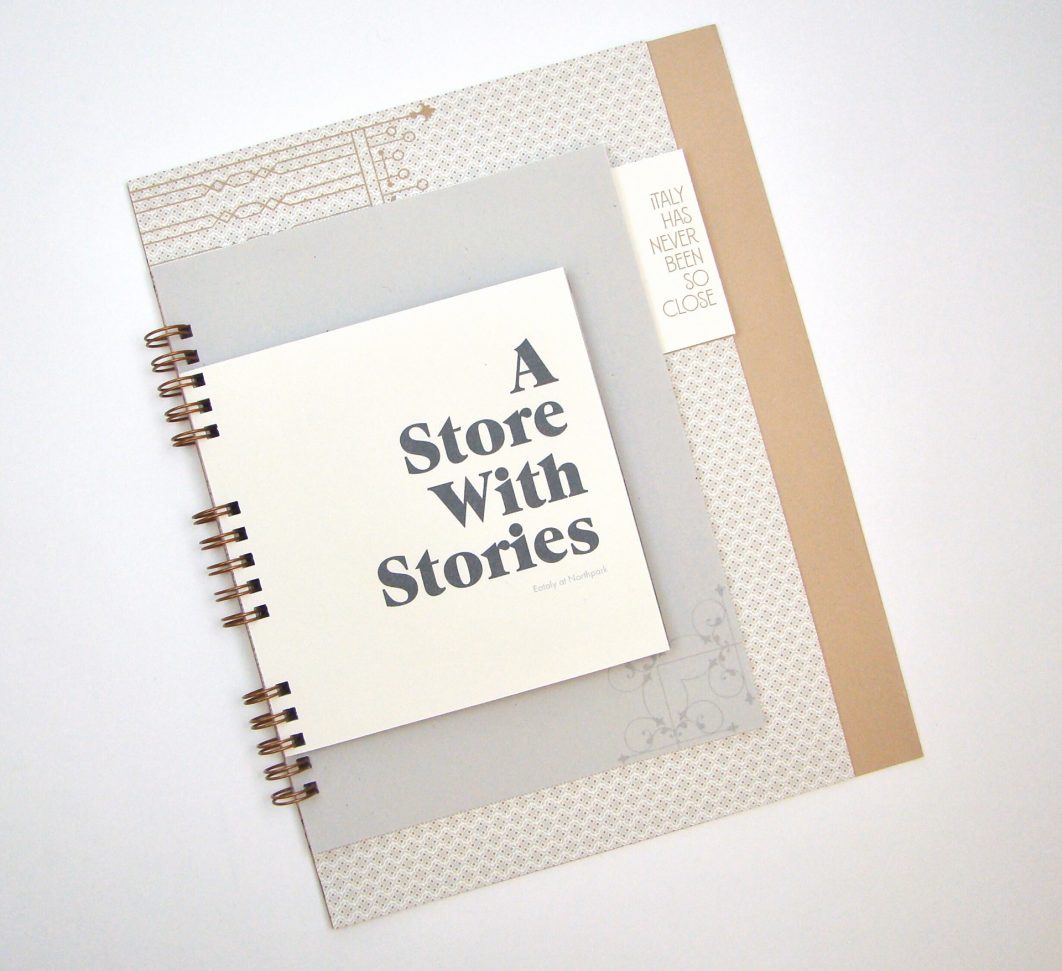
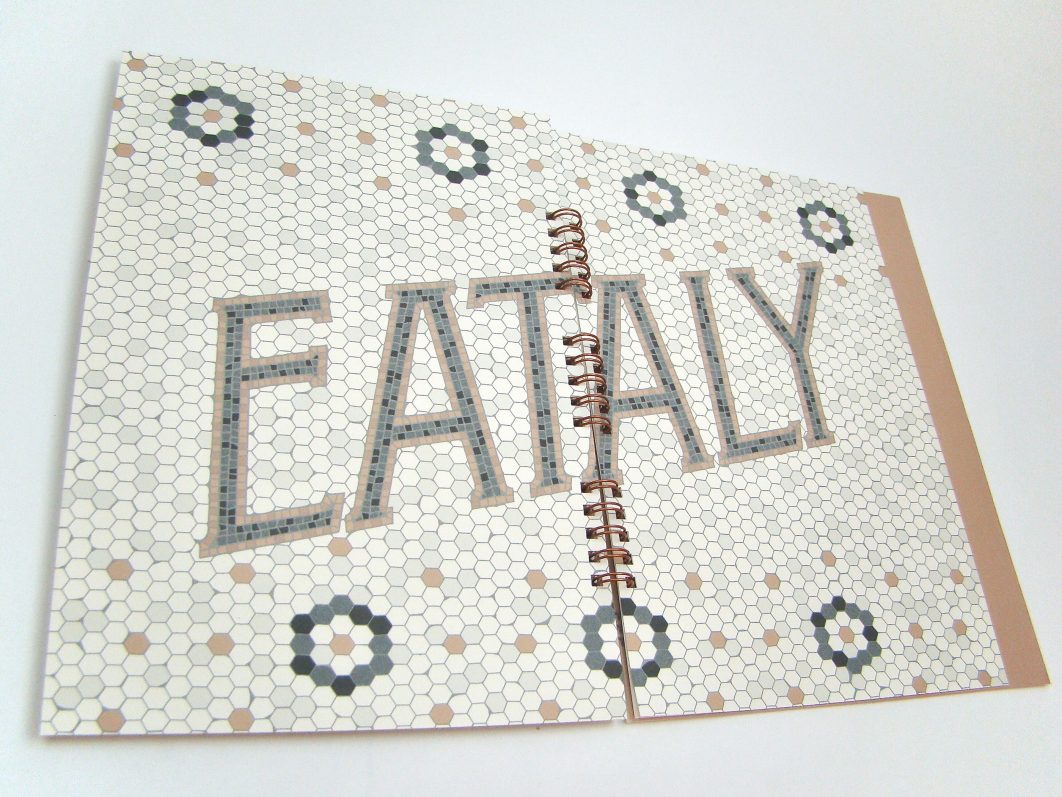
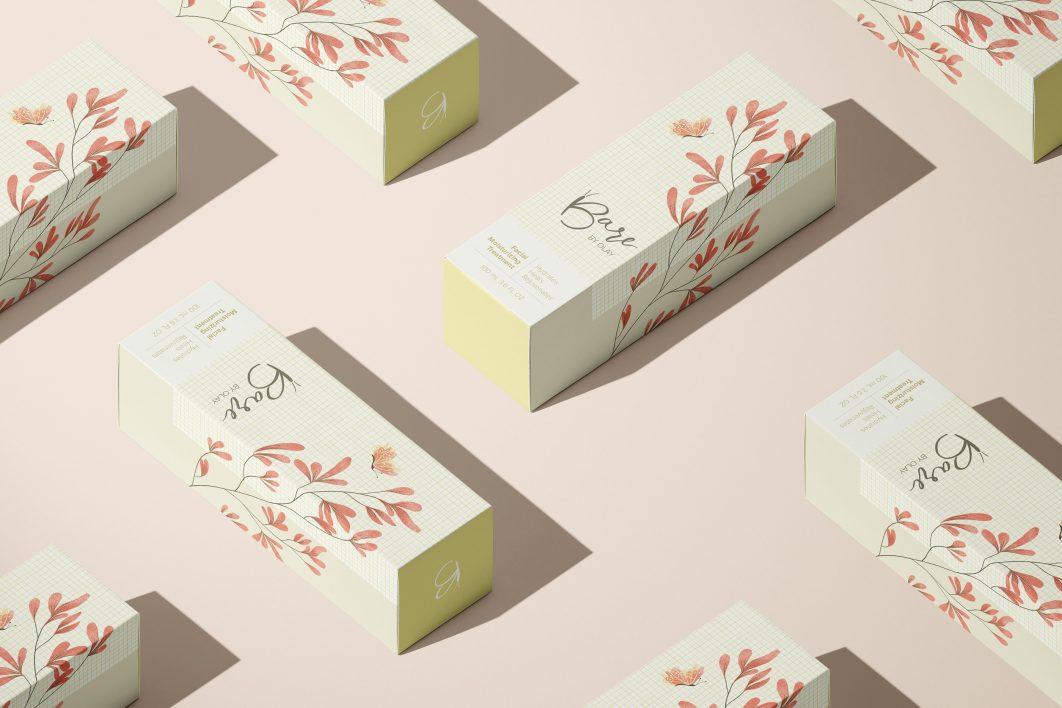
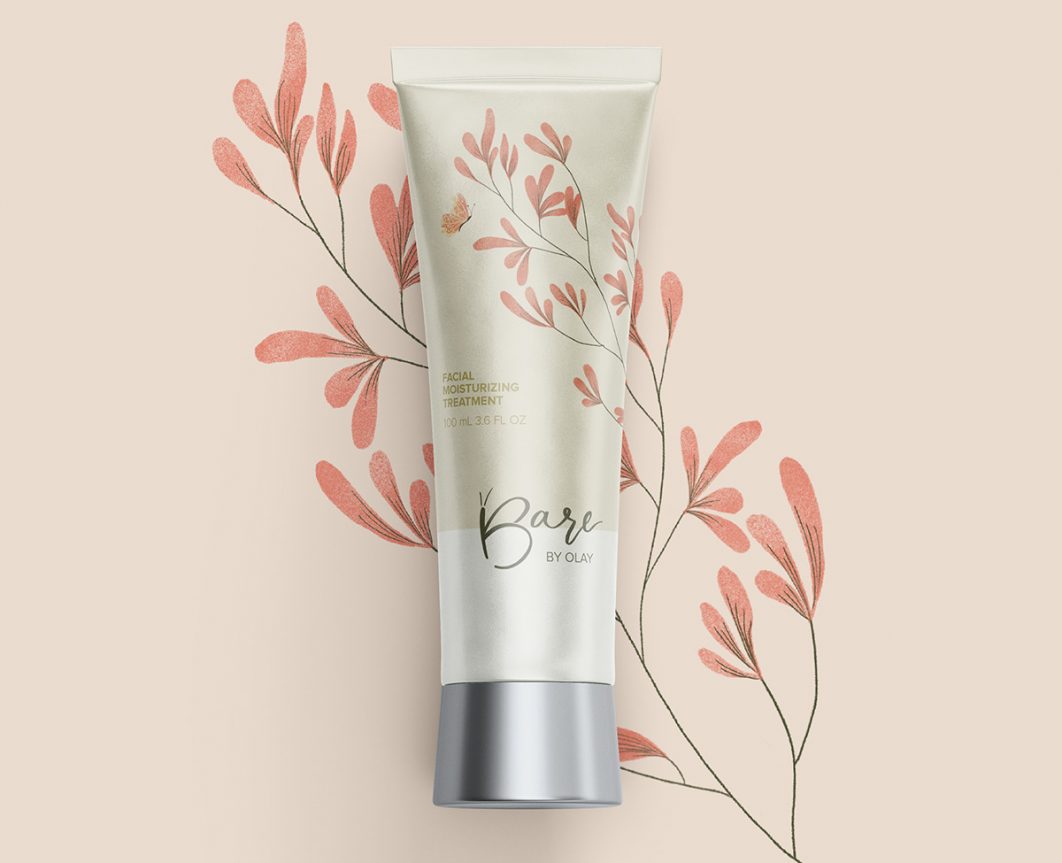
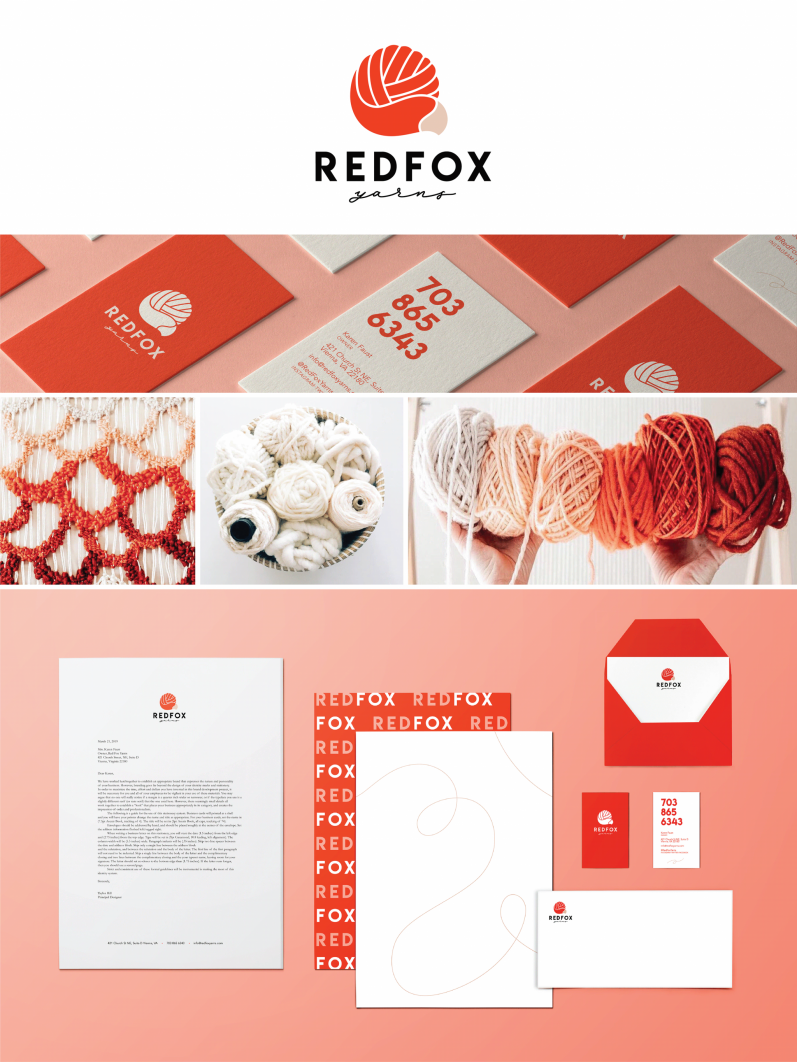
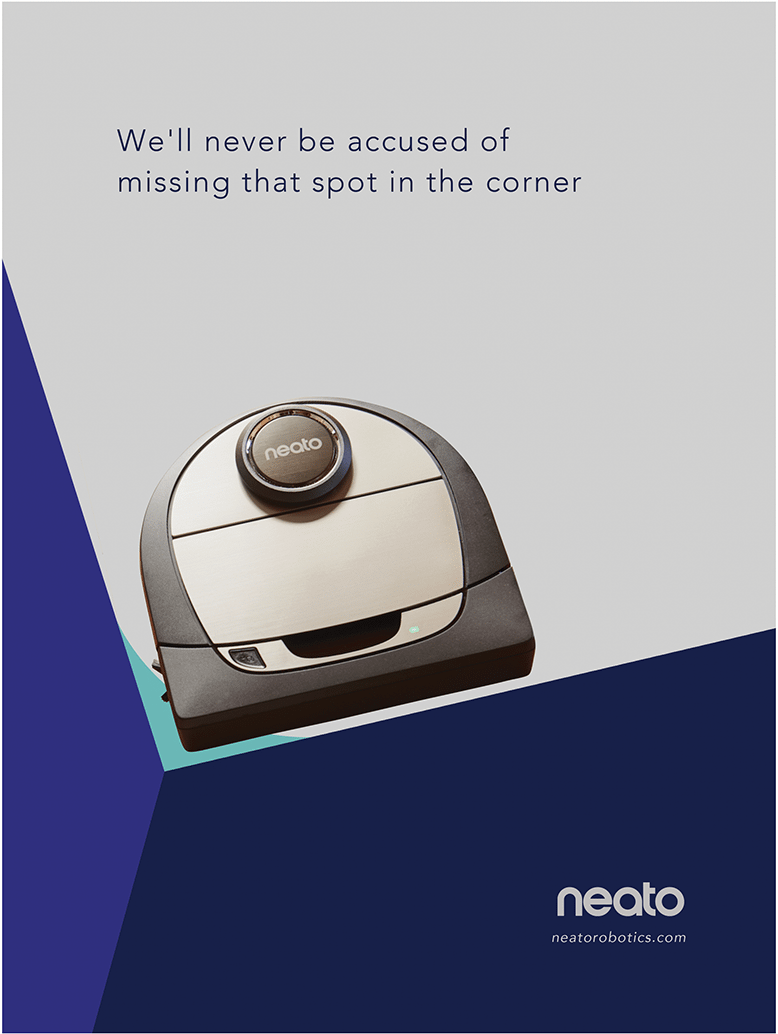
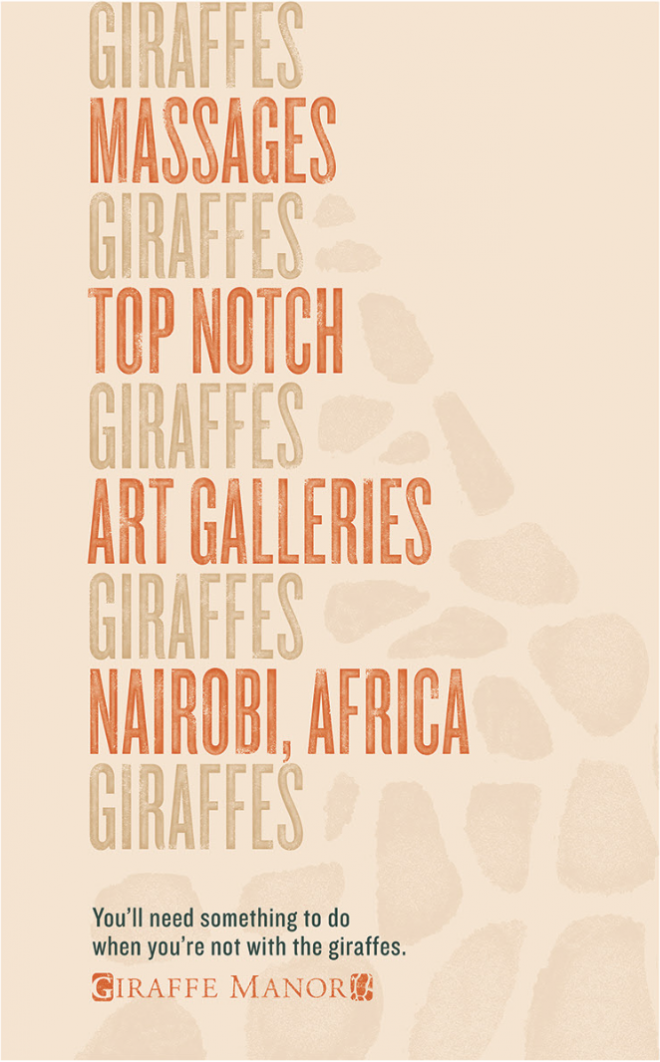
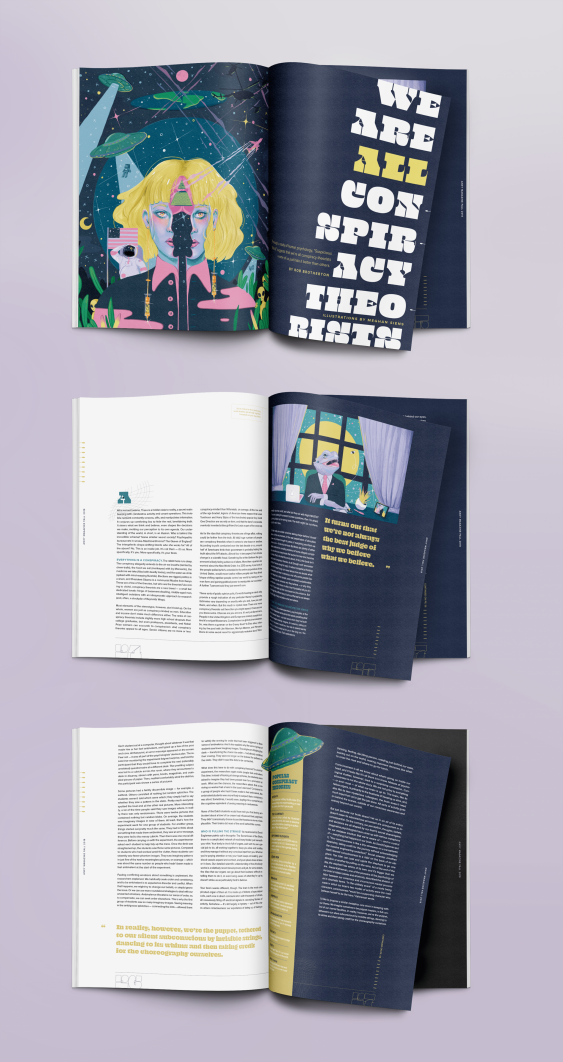
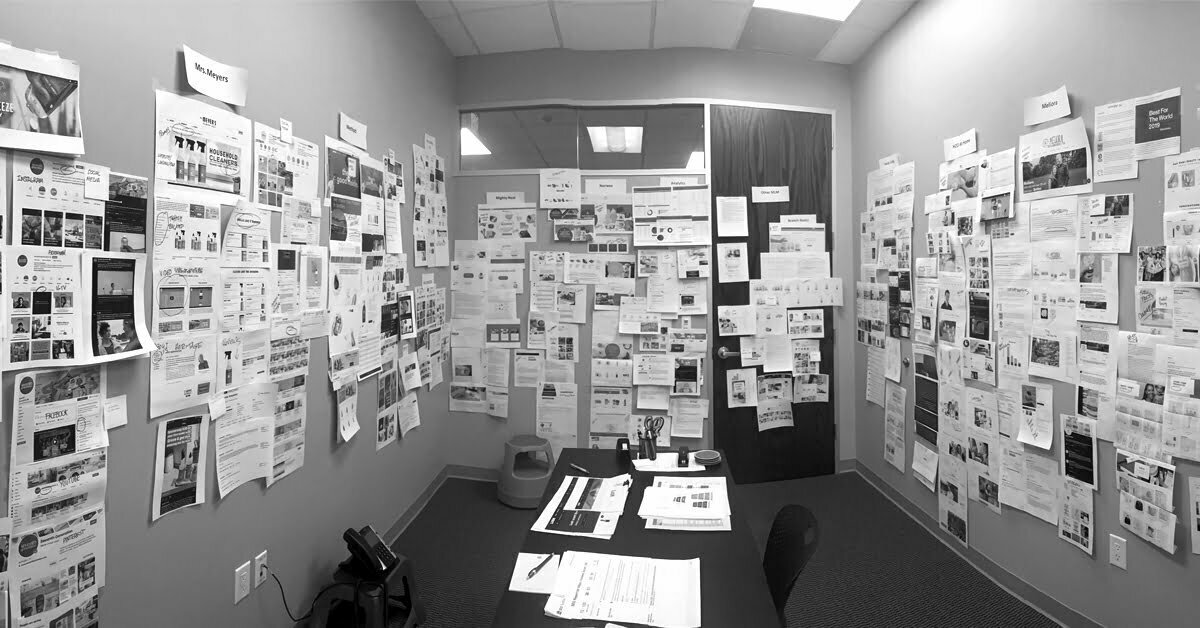
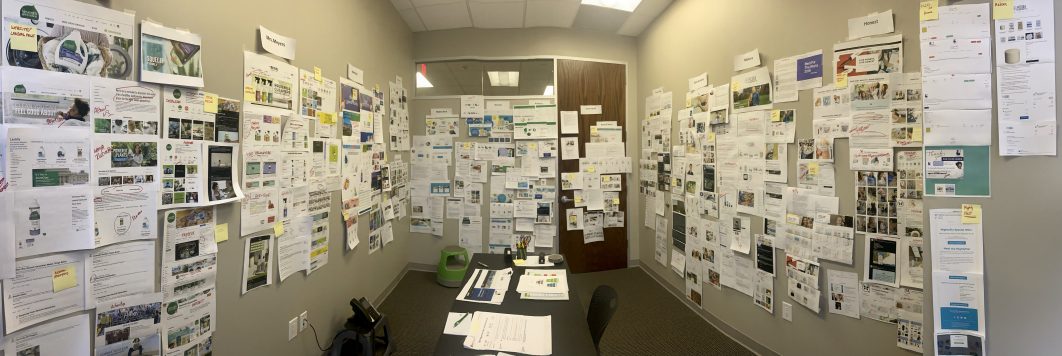
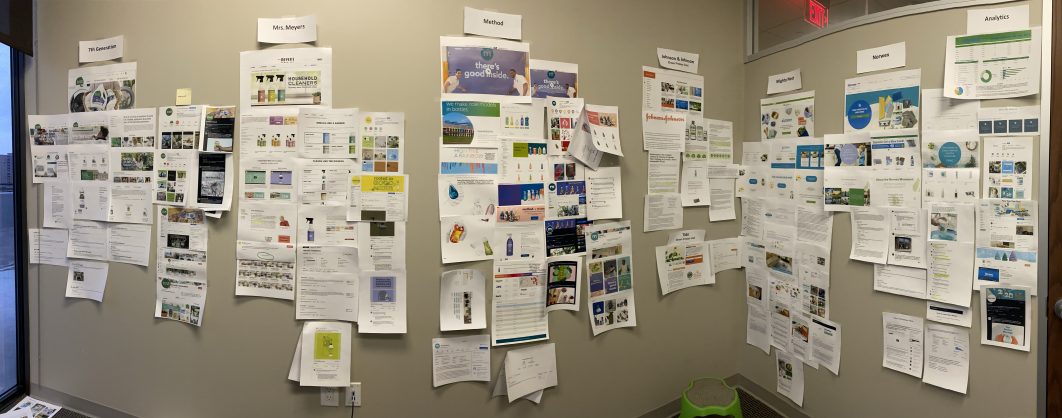

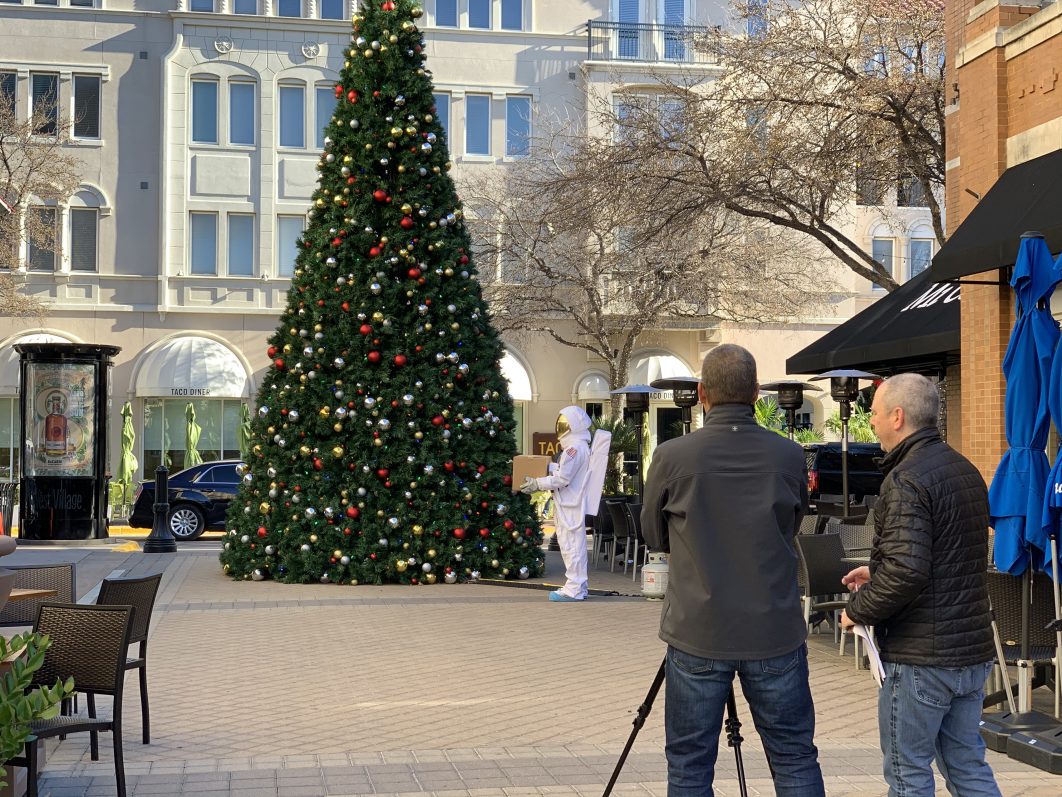
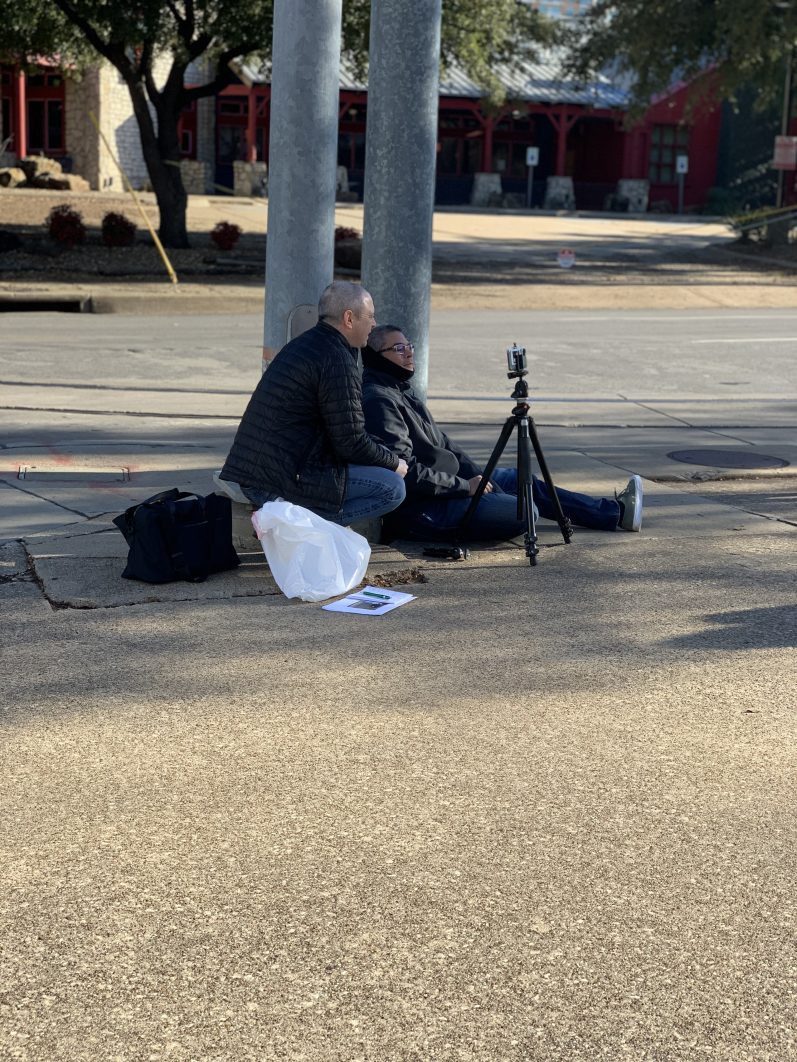

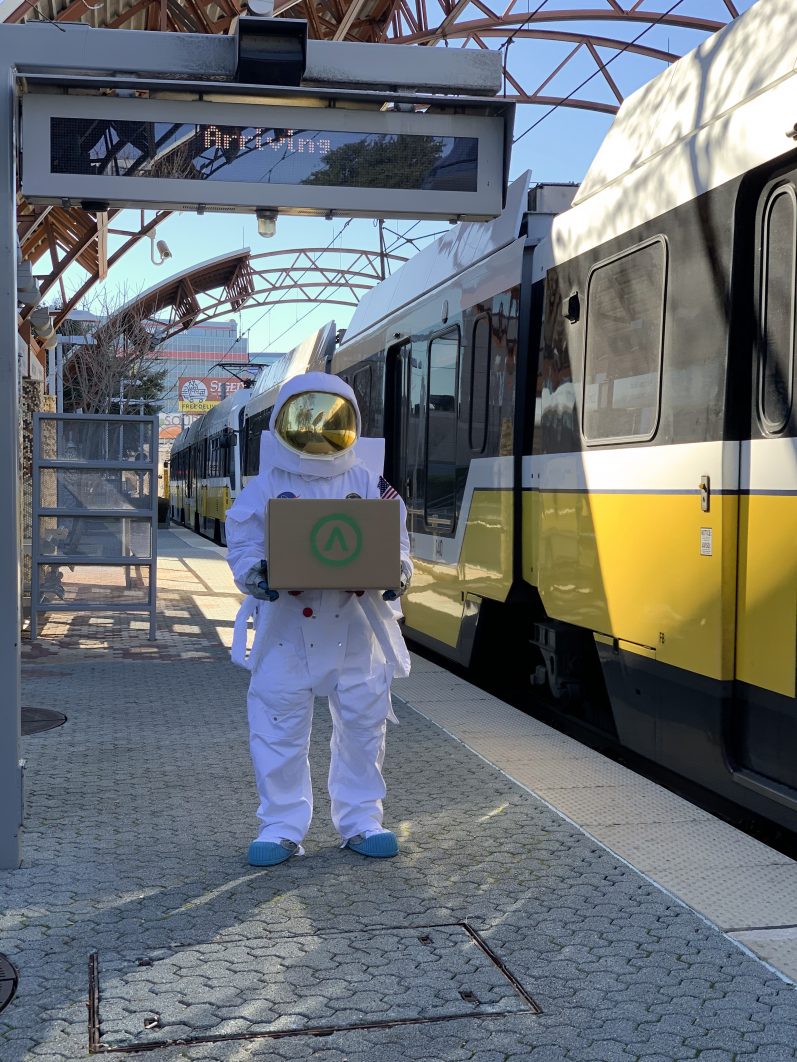
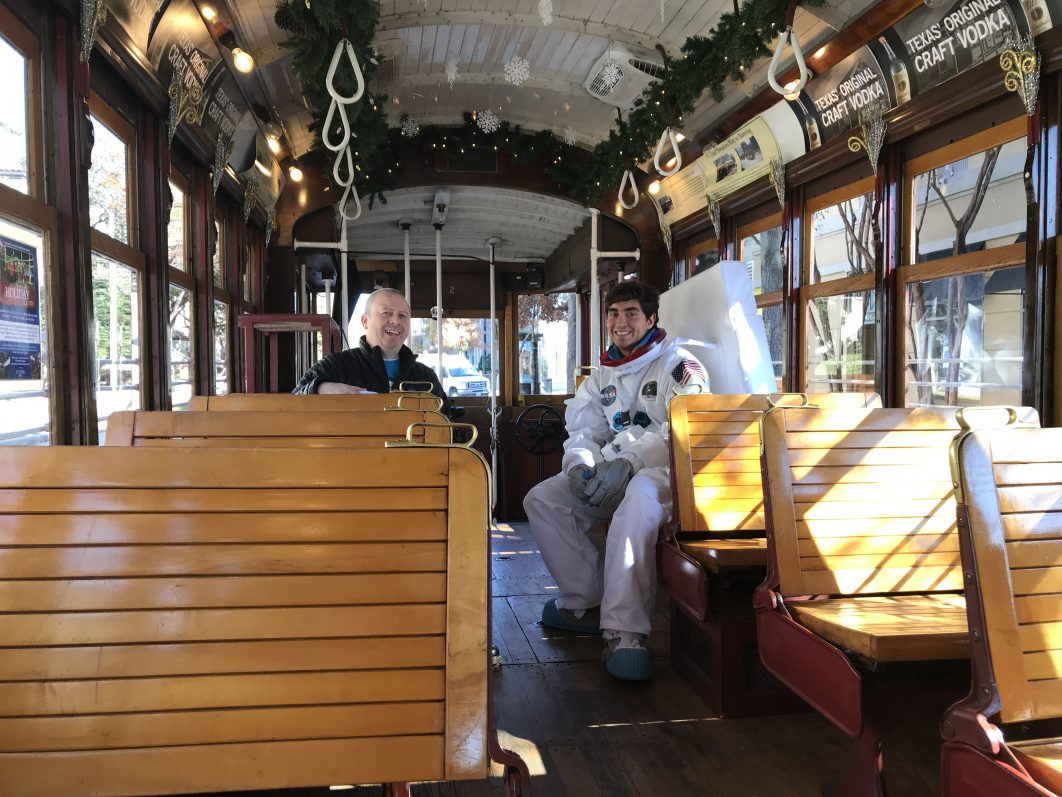
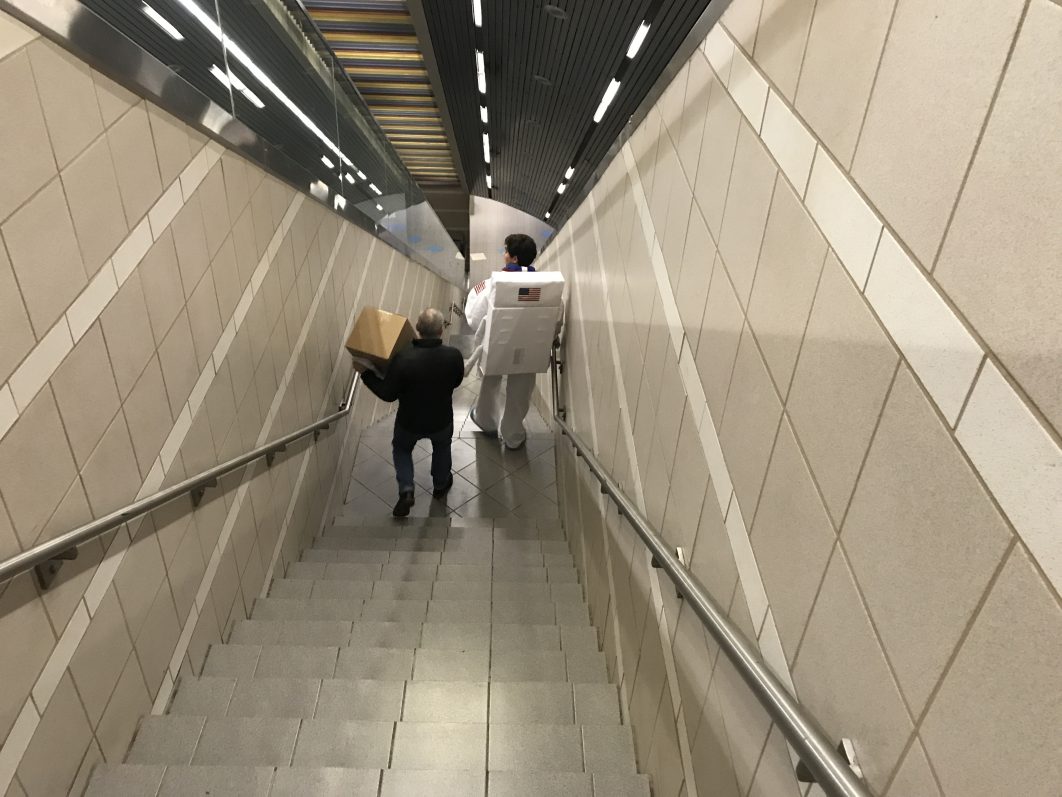
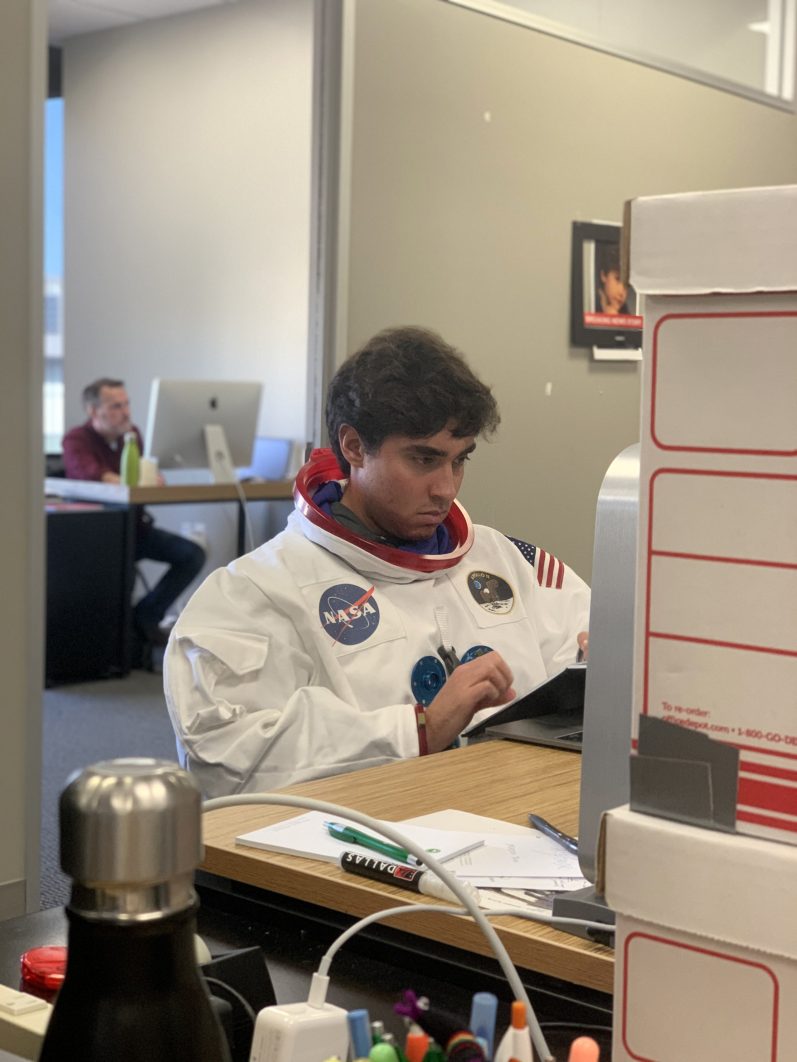
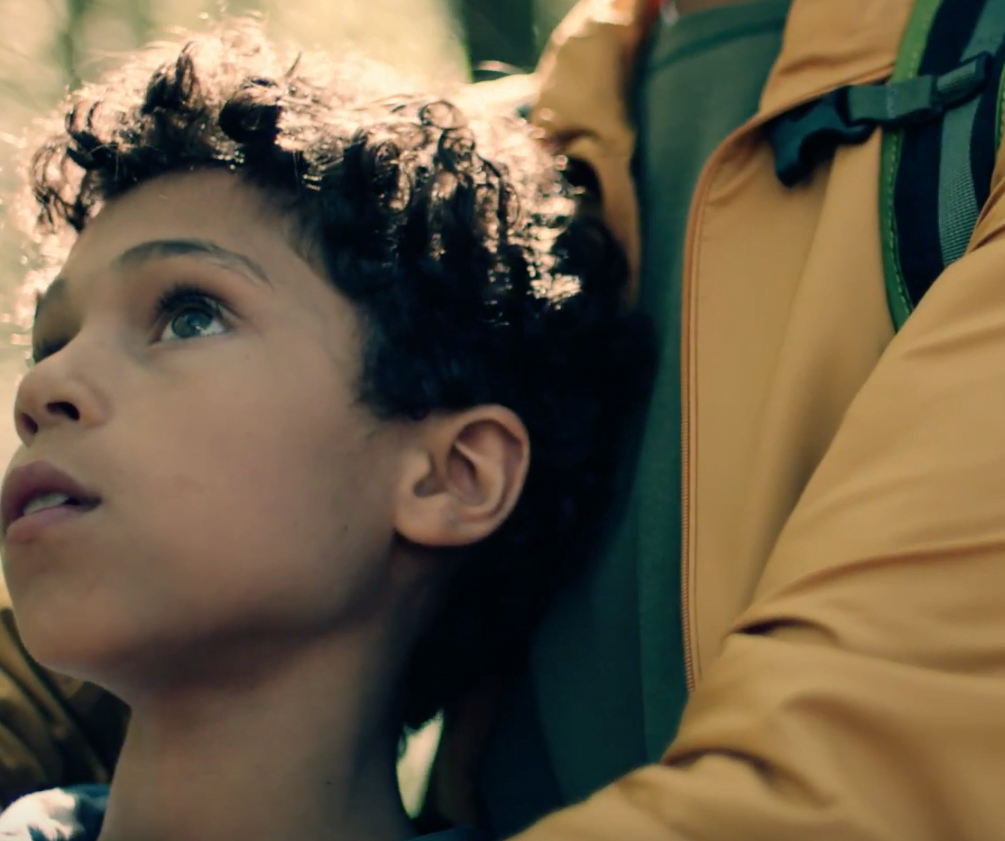
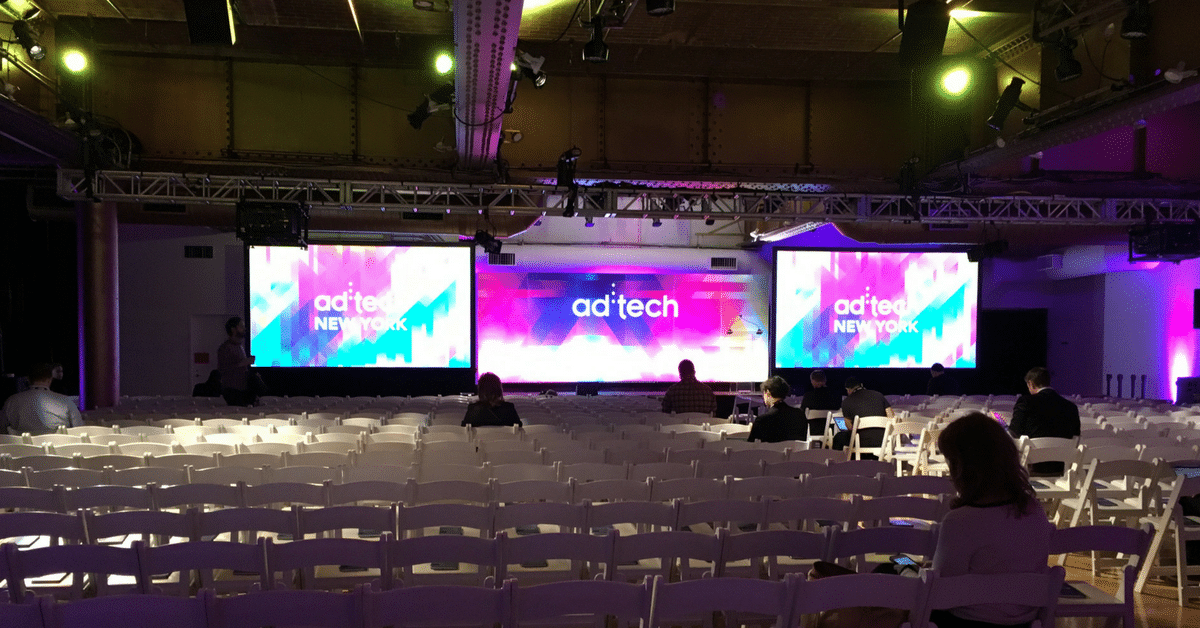
 A bit of downtime between panelists.
A bit of downtime between panelists. Image c/o Jack in the Box
Image c/o Jack in the Box